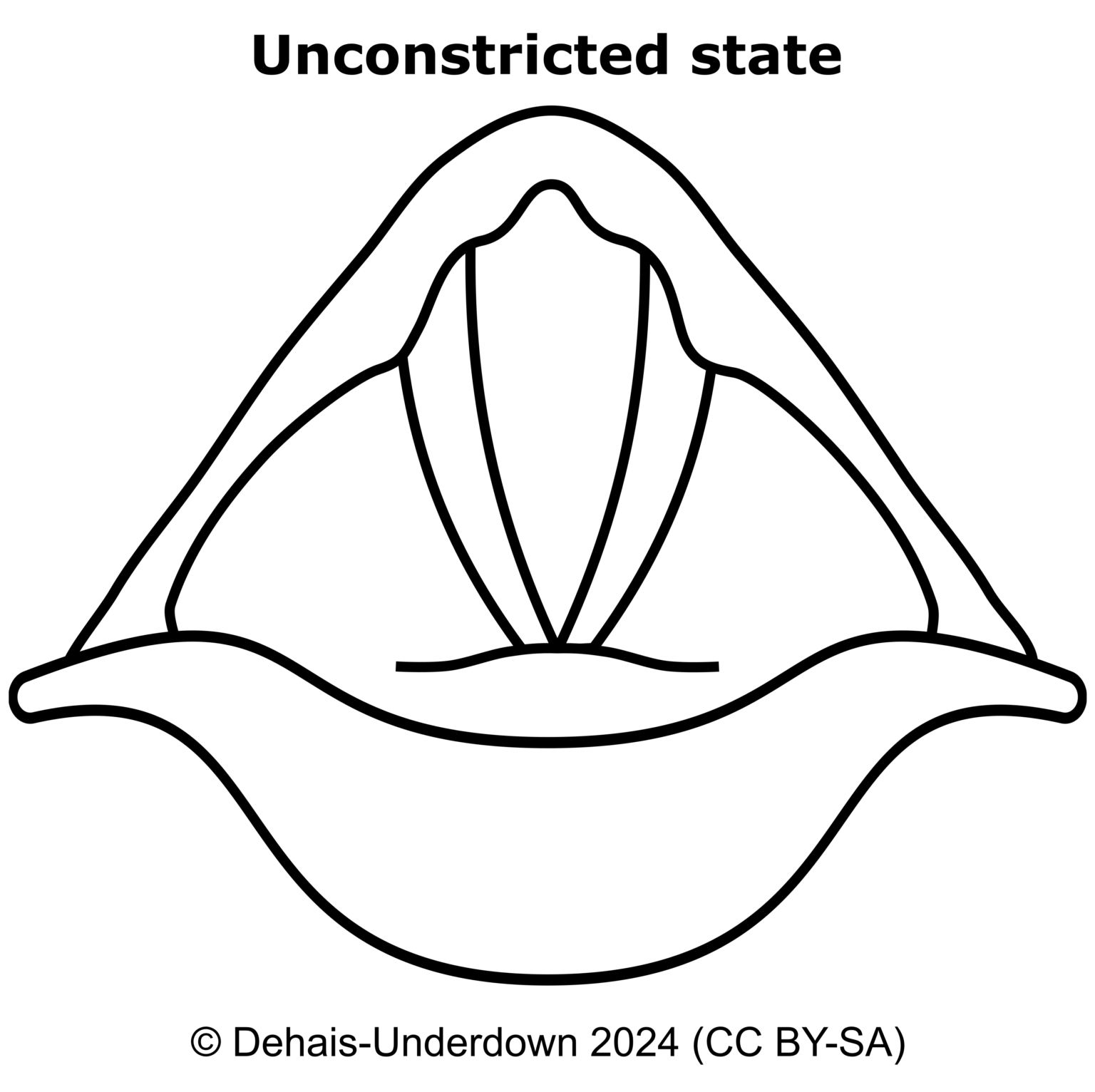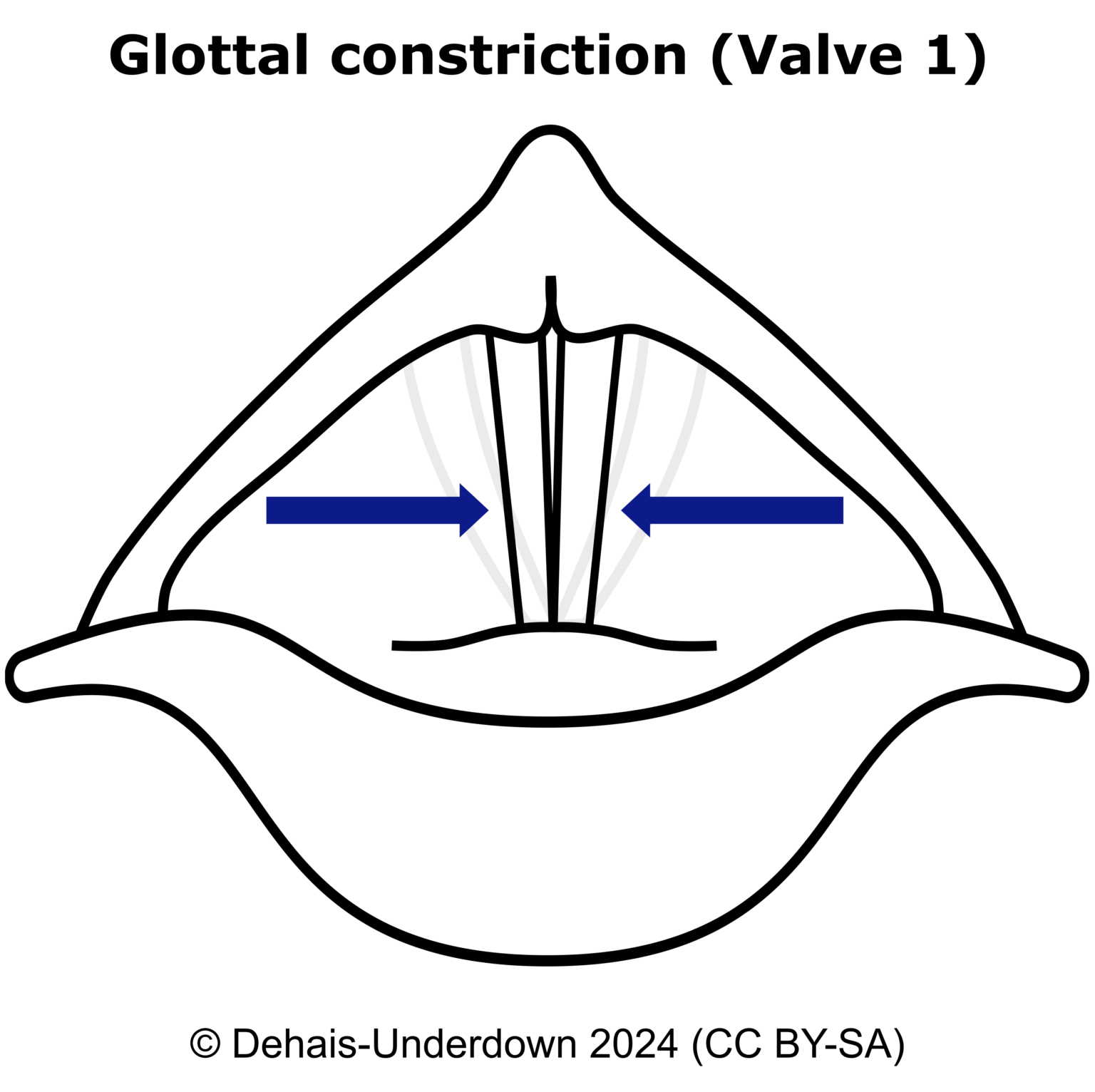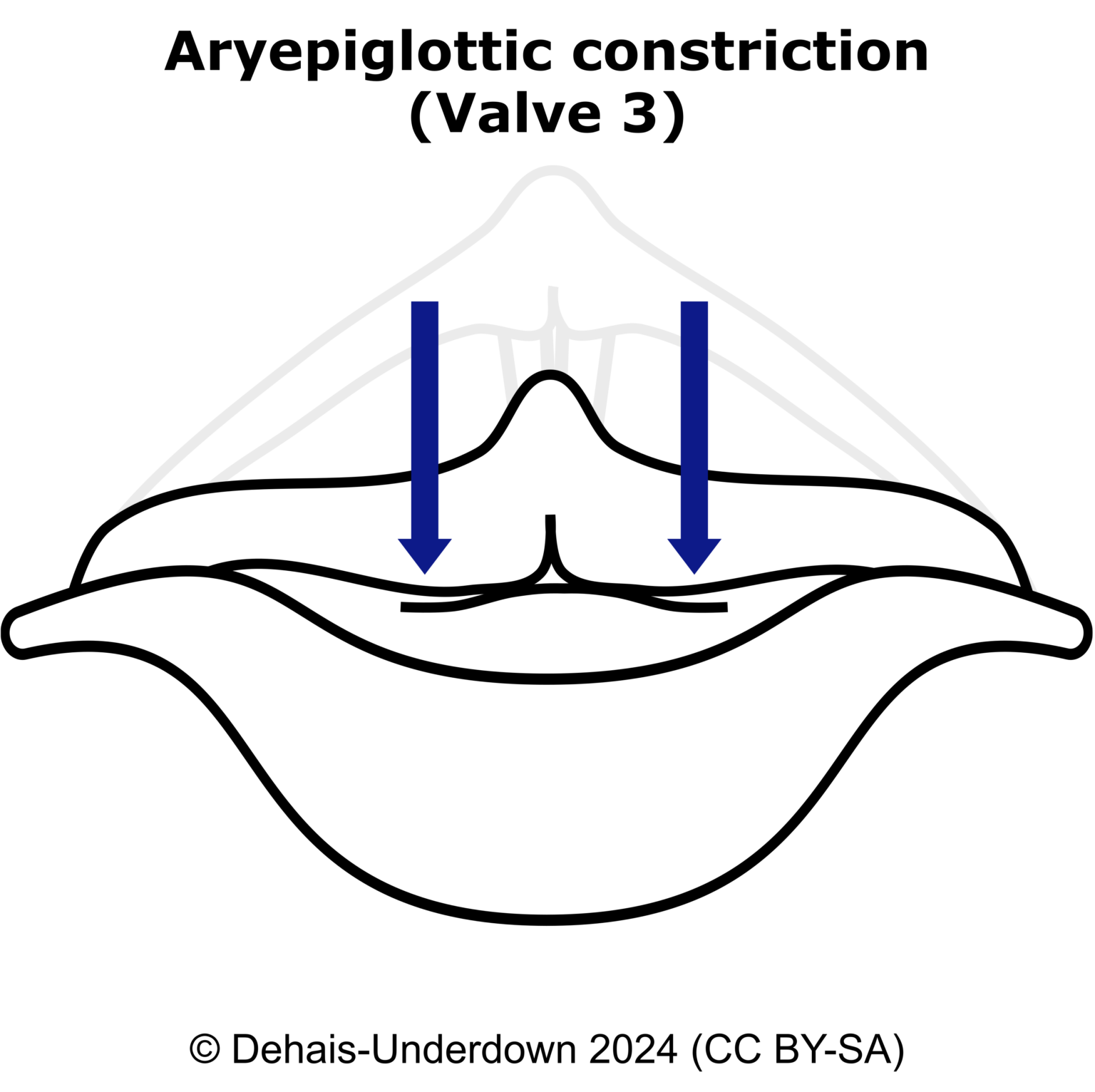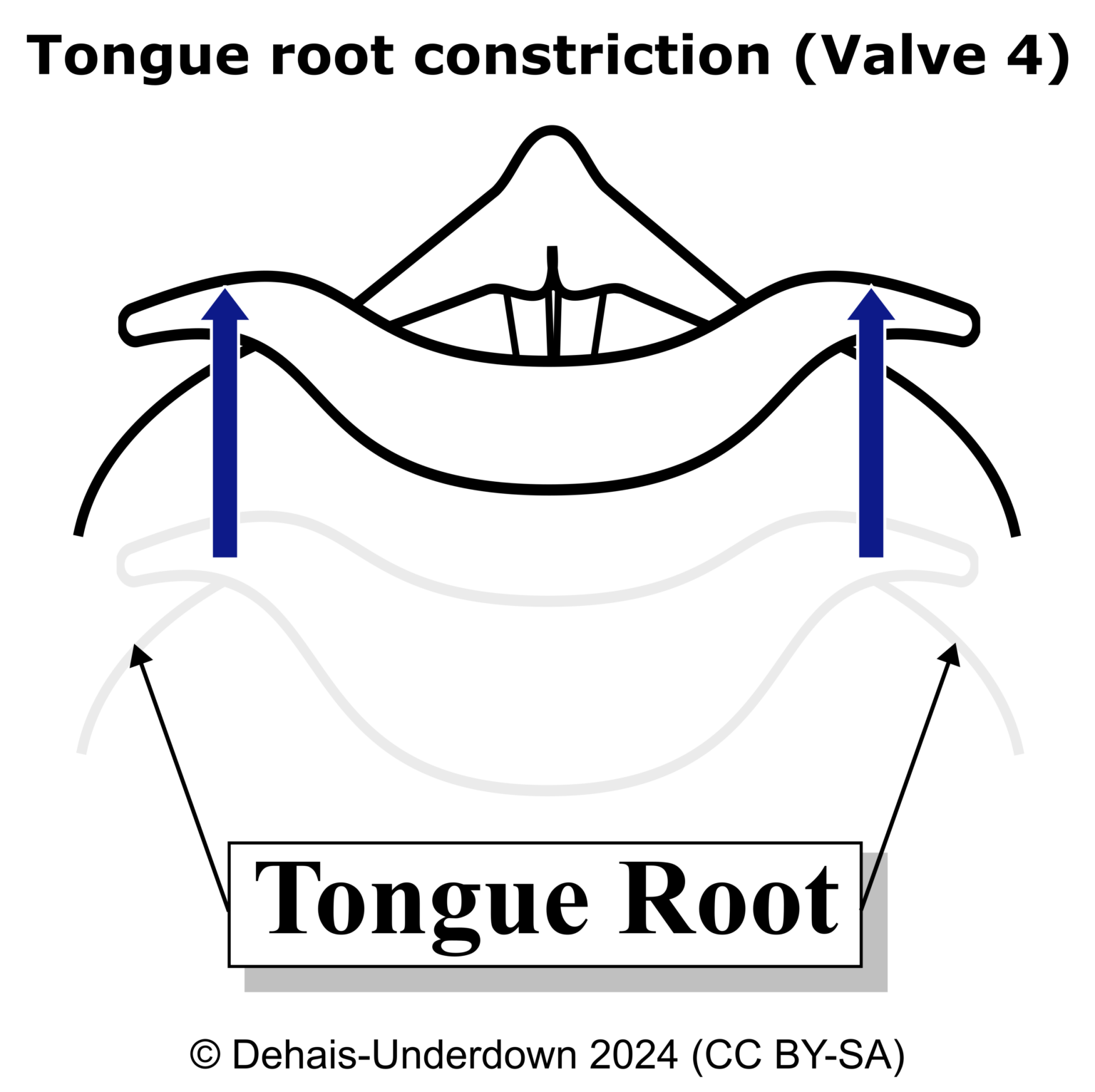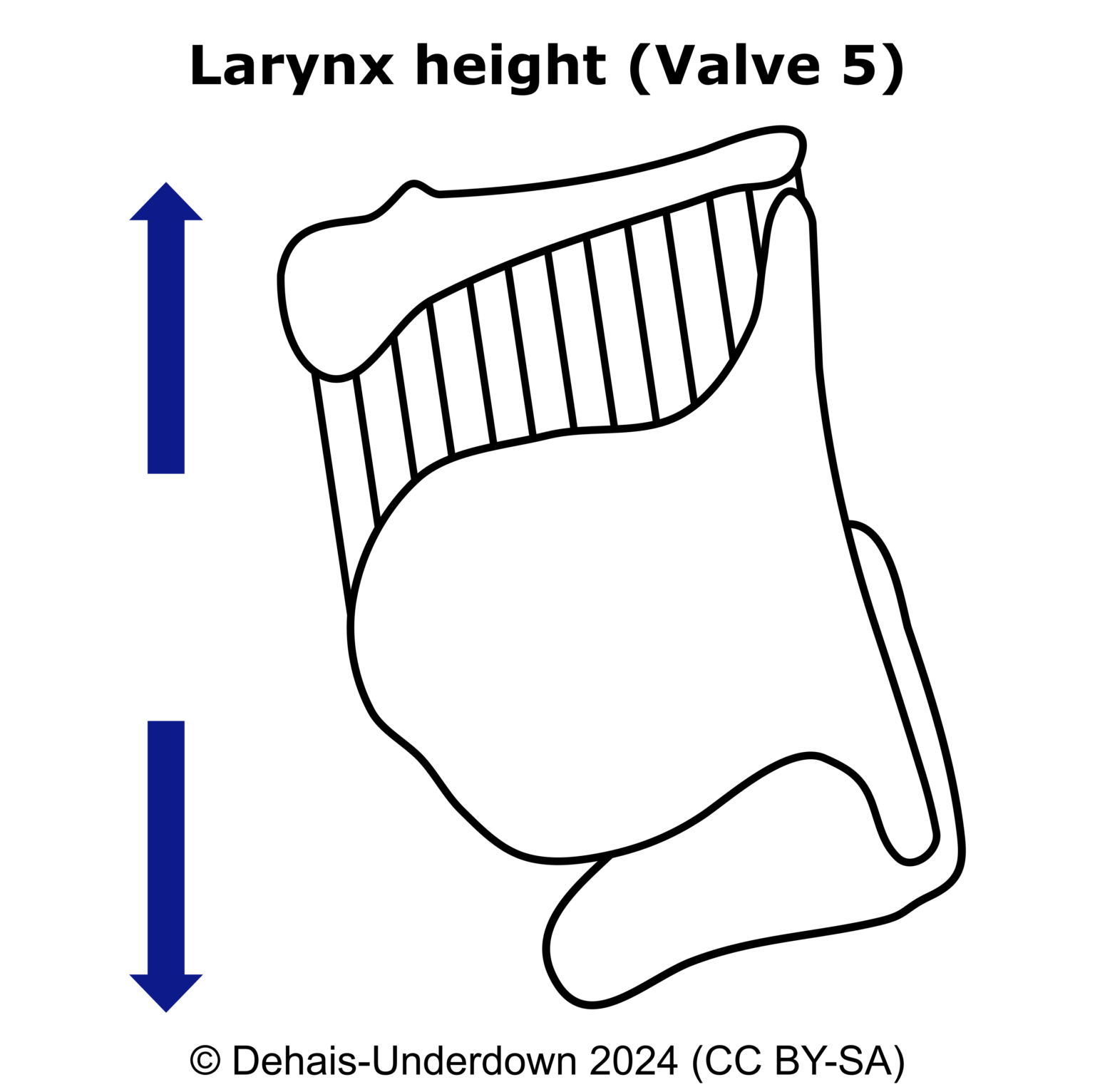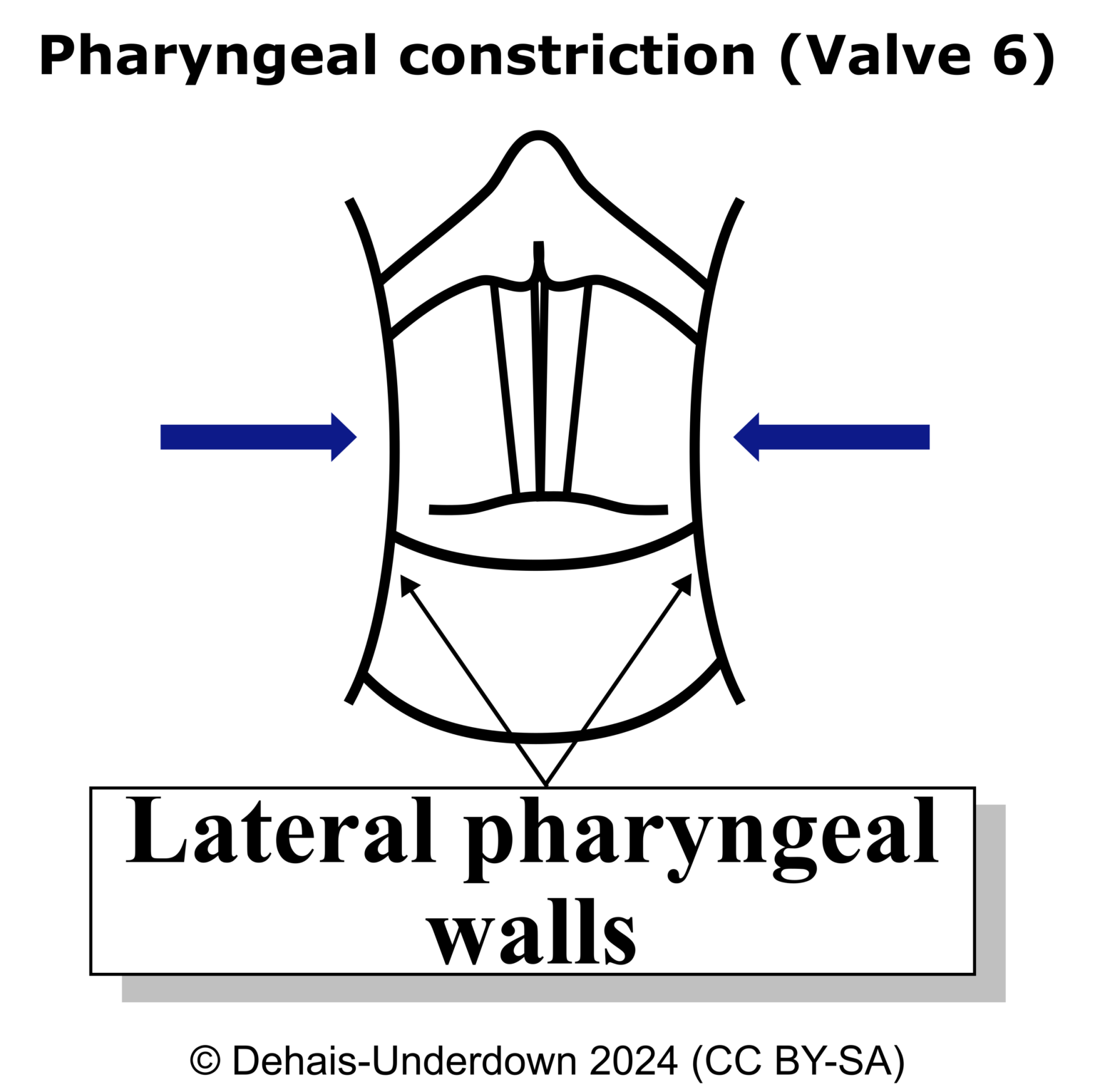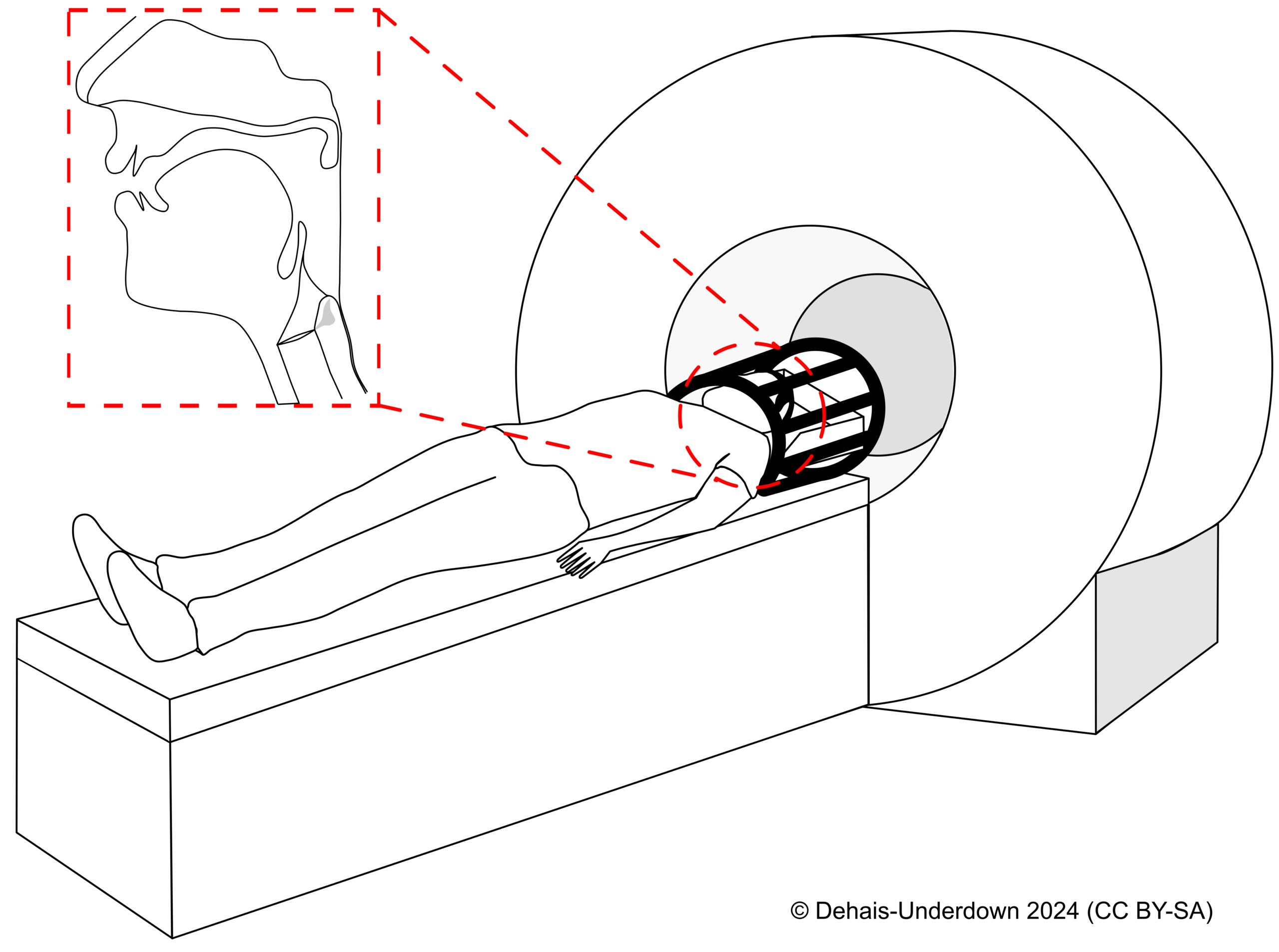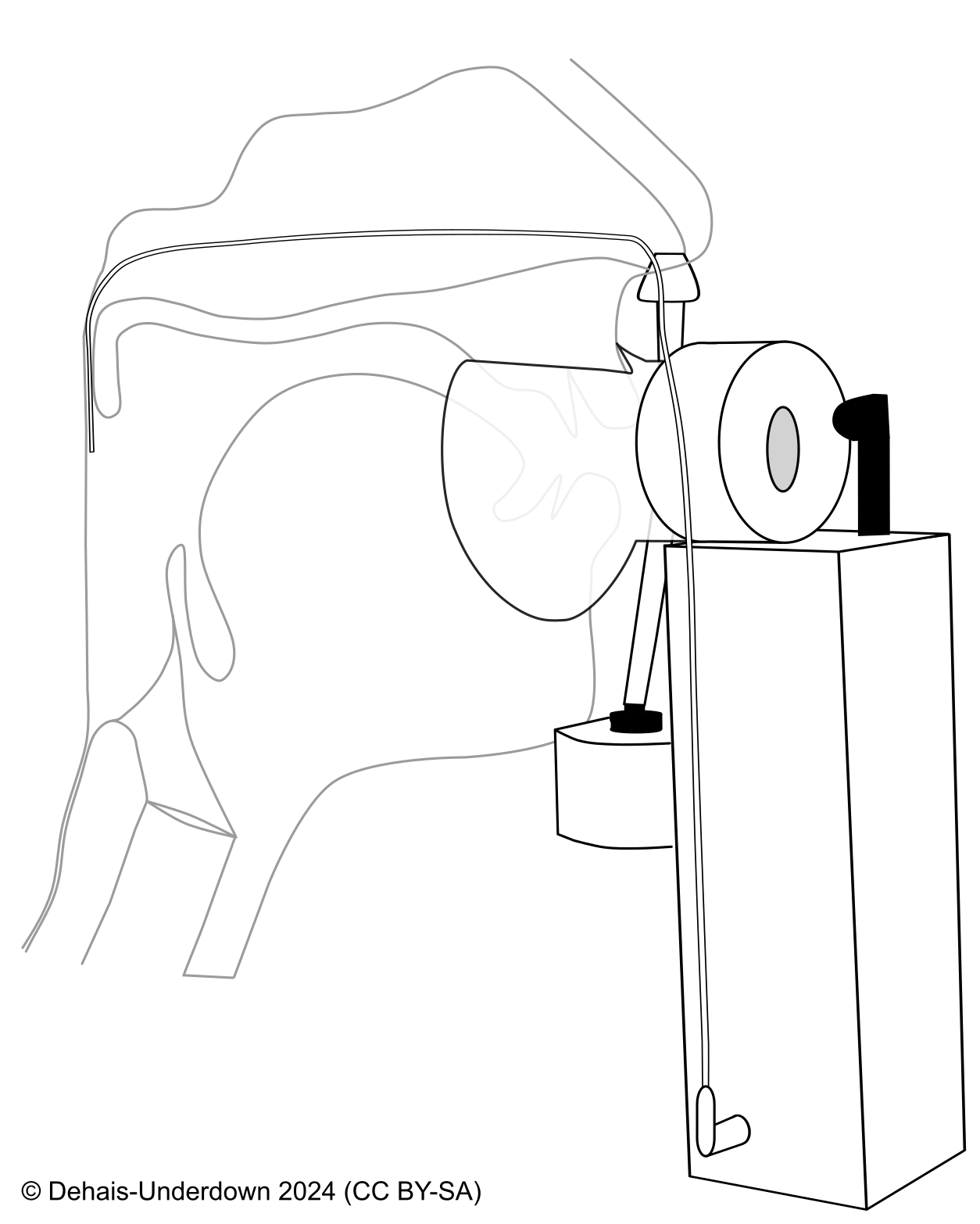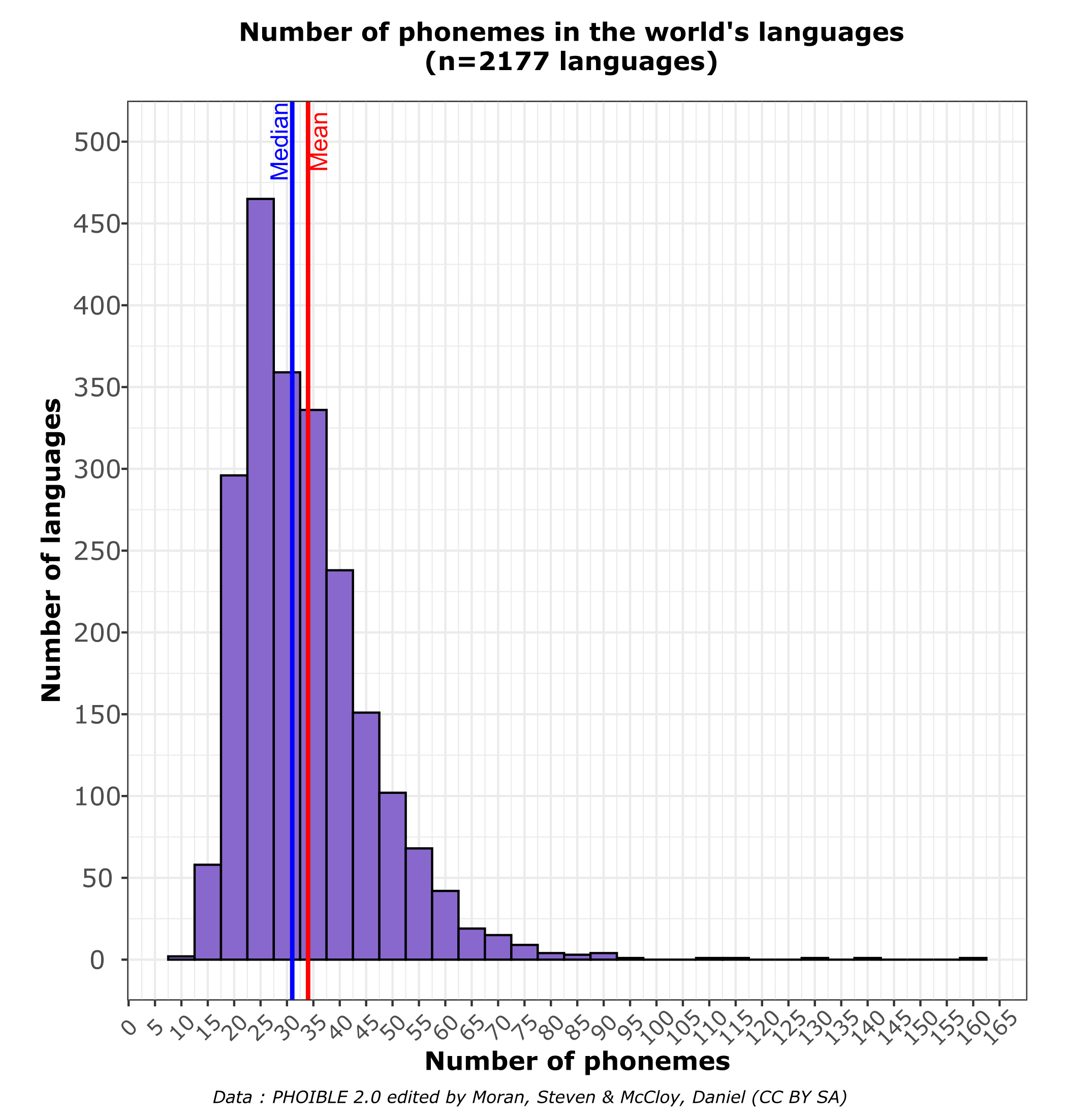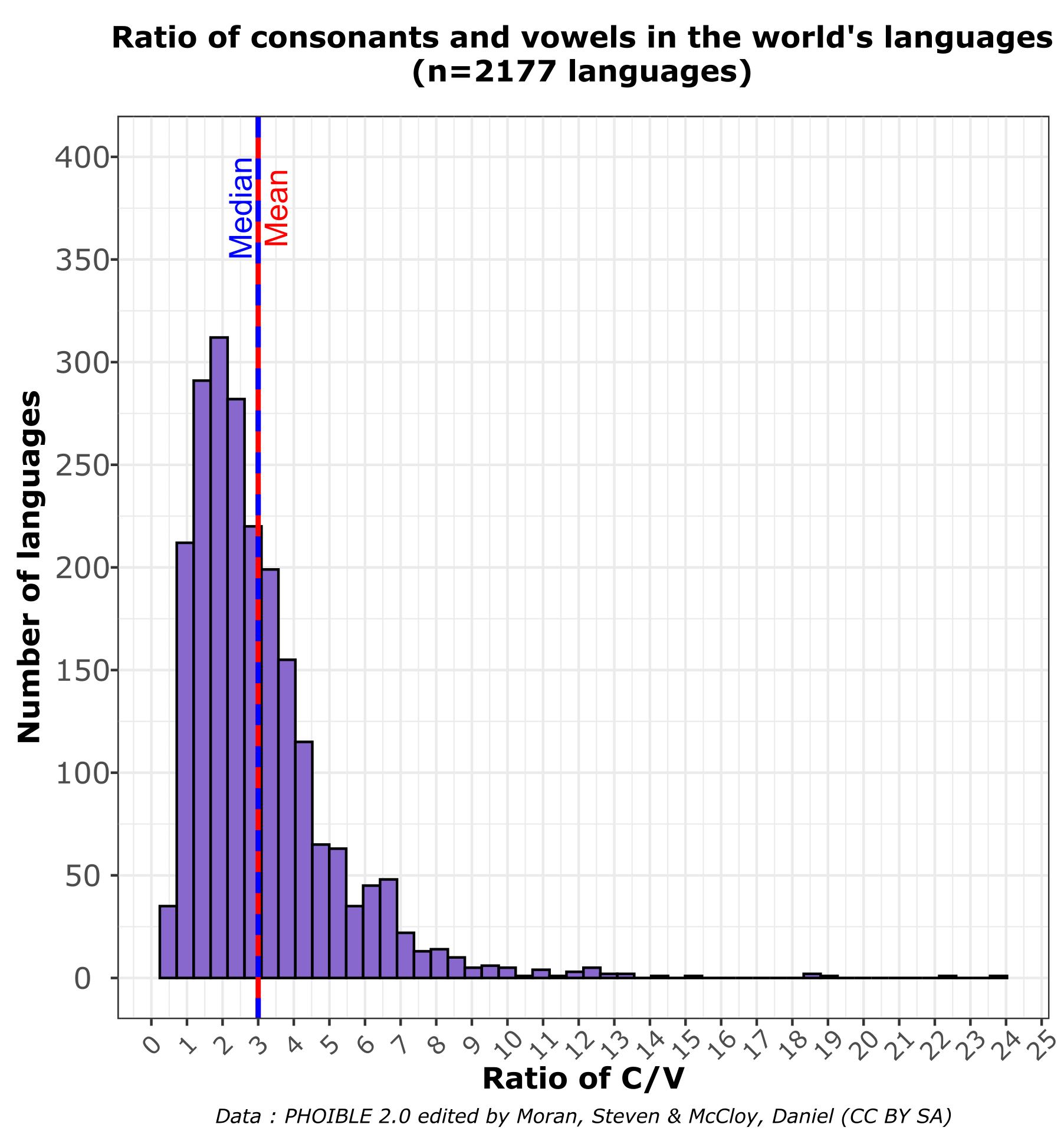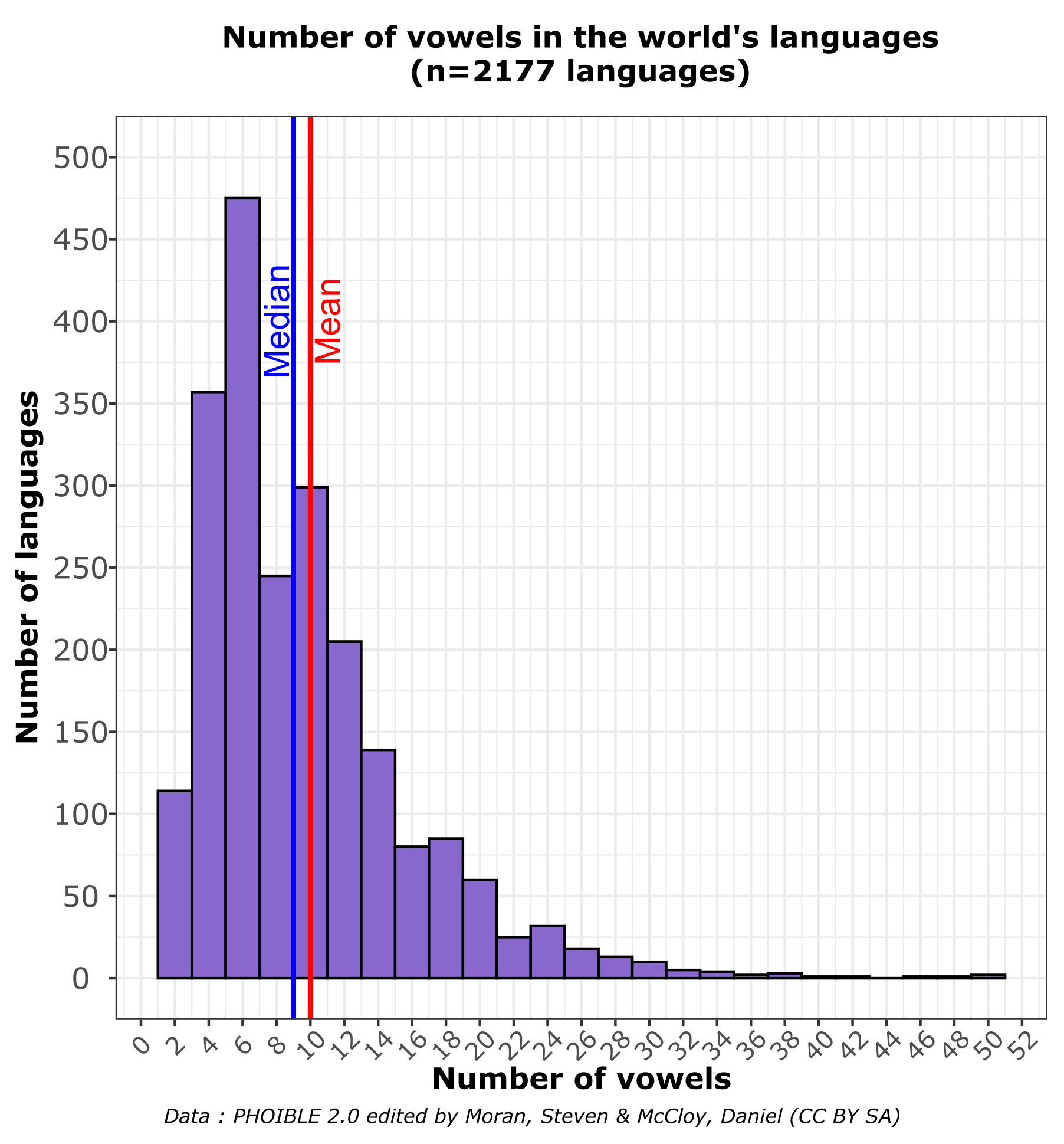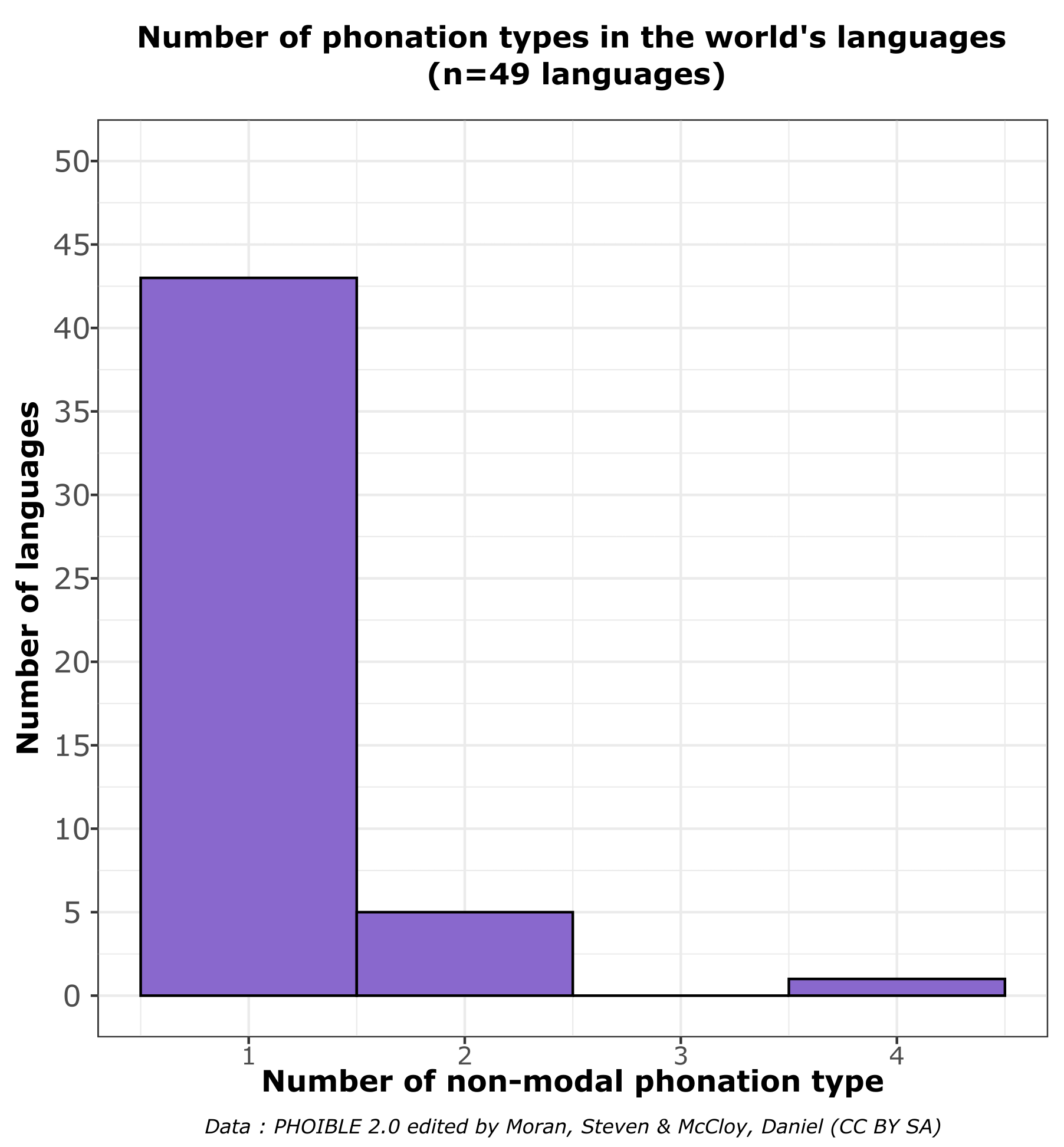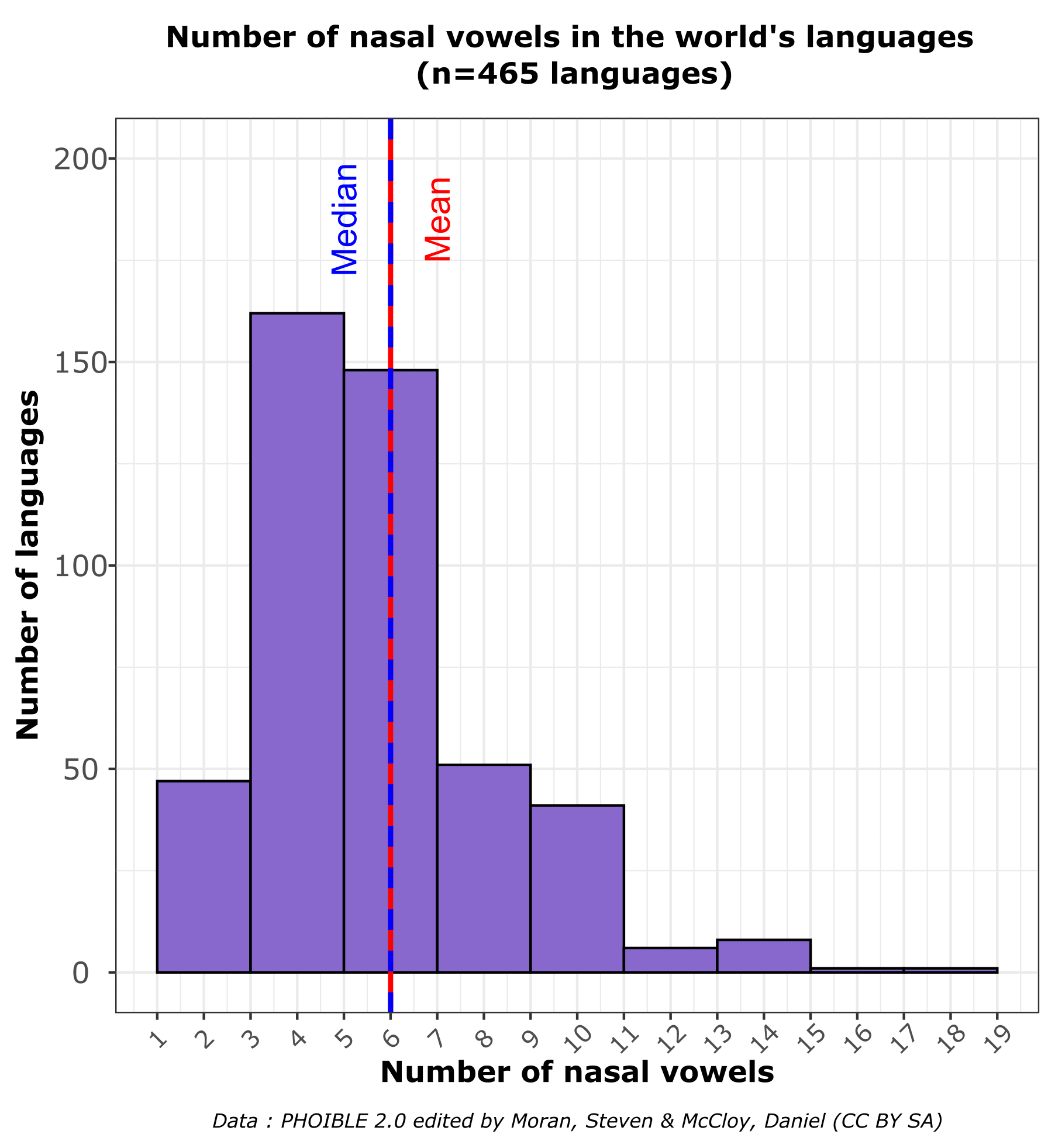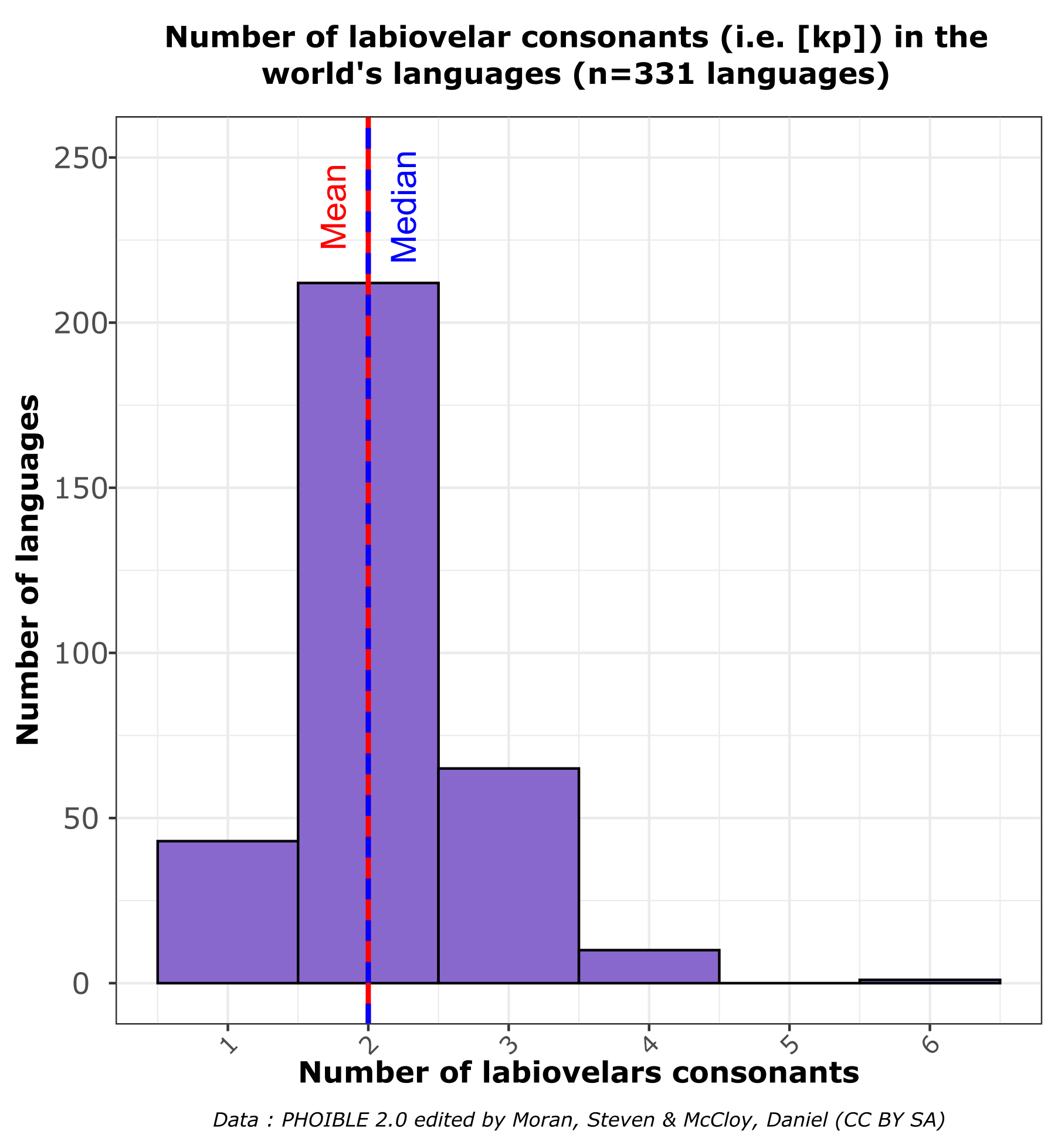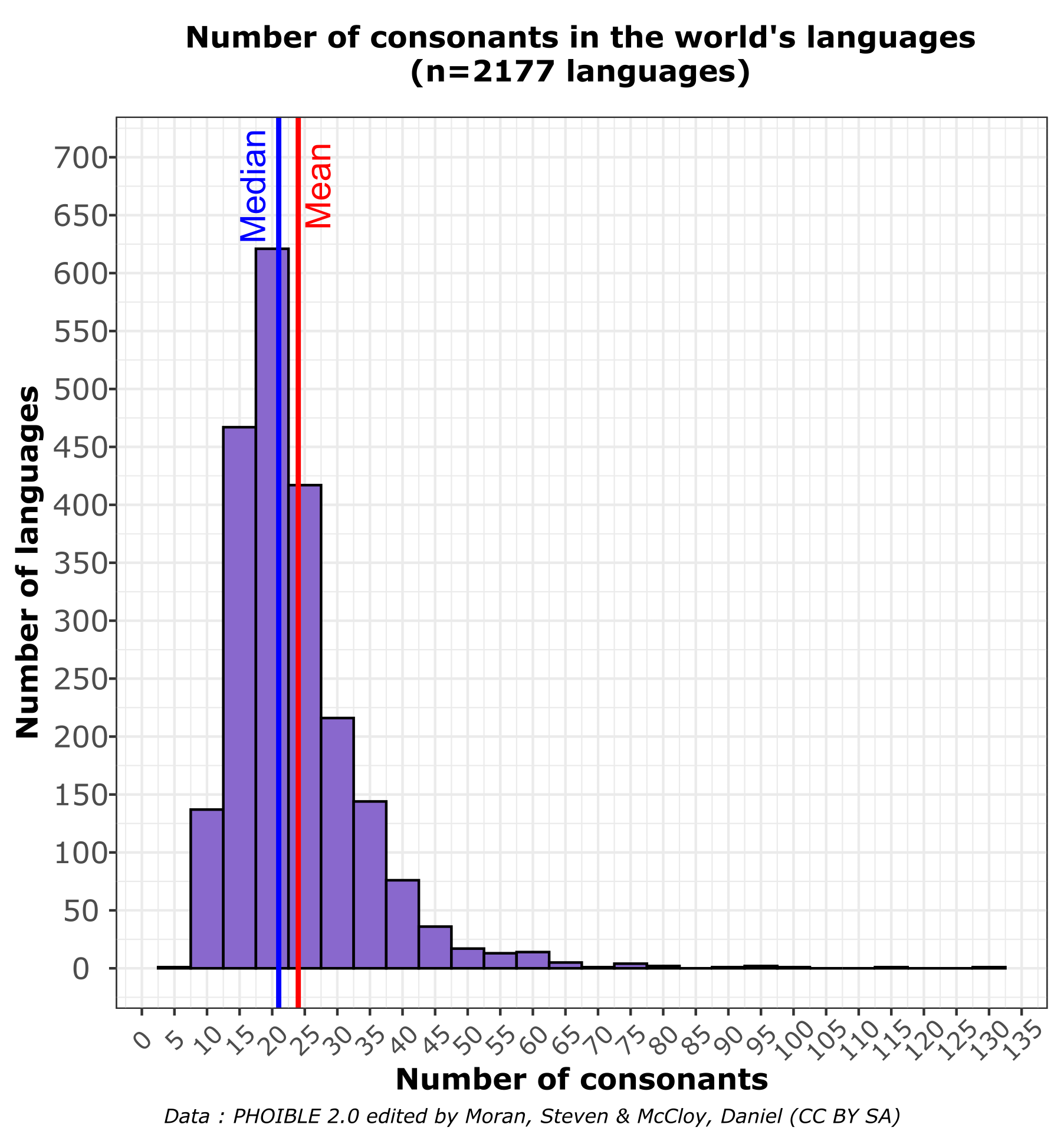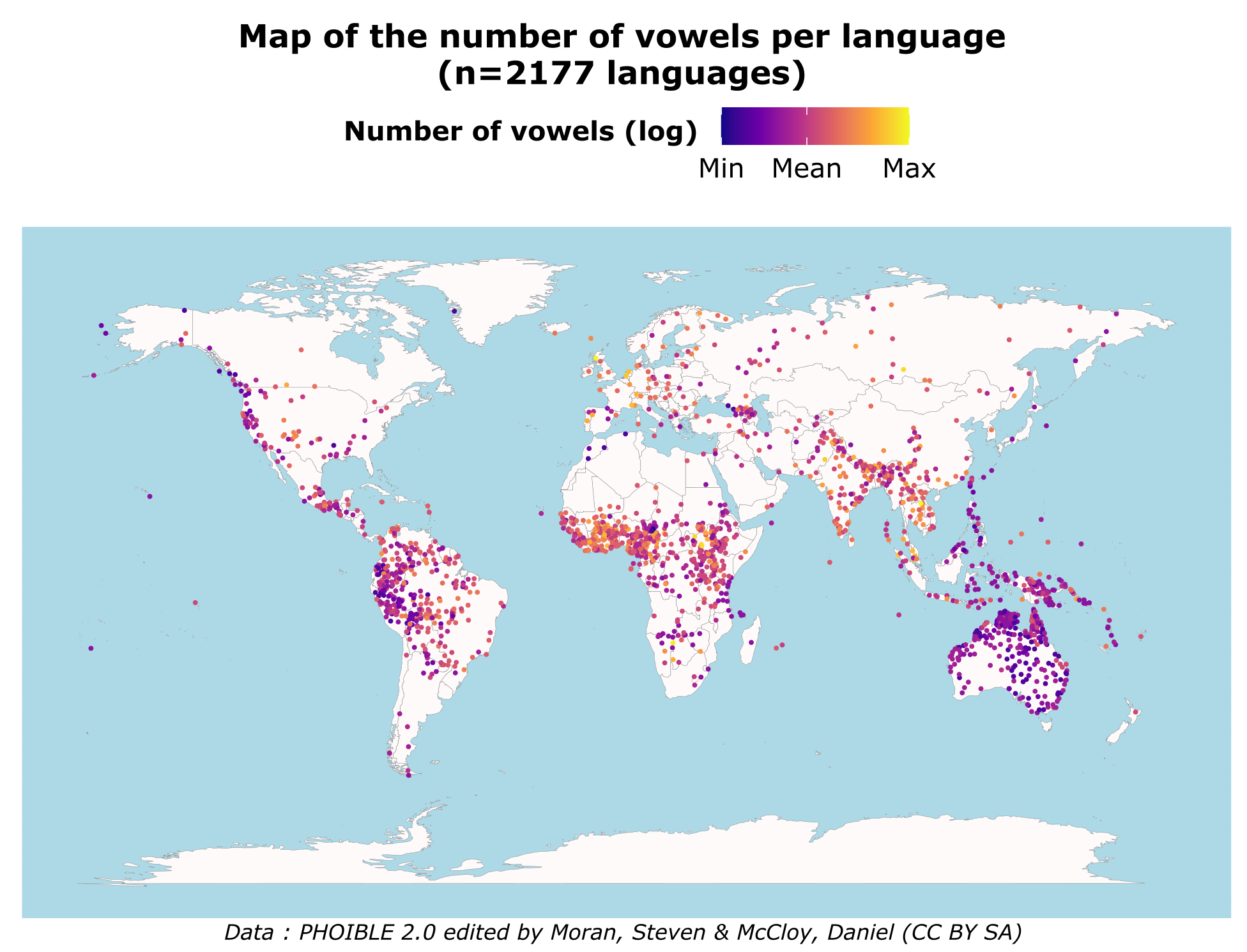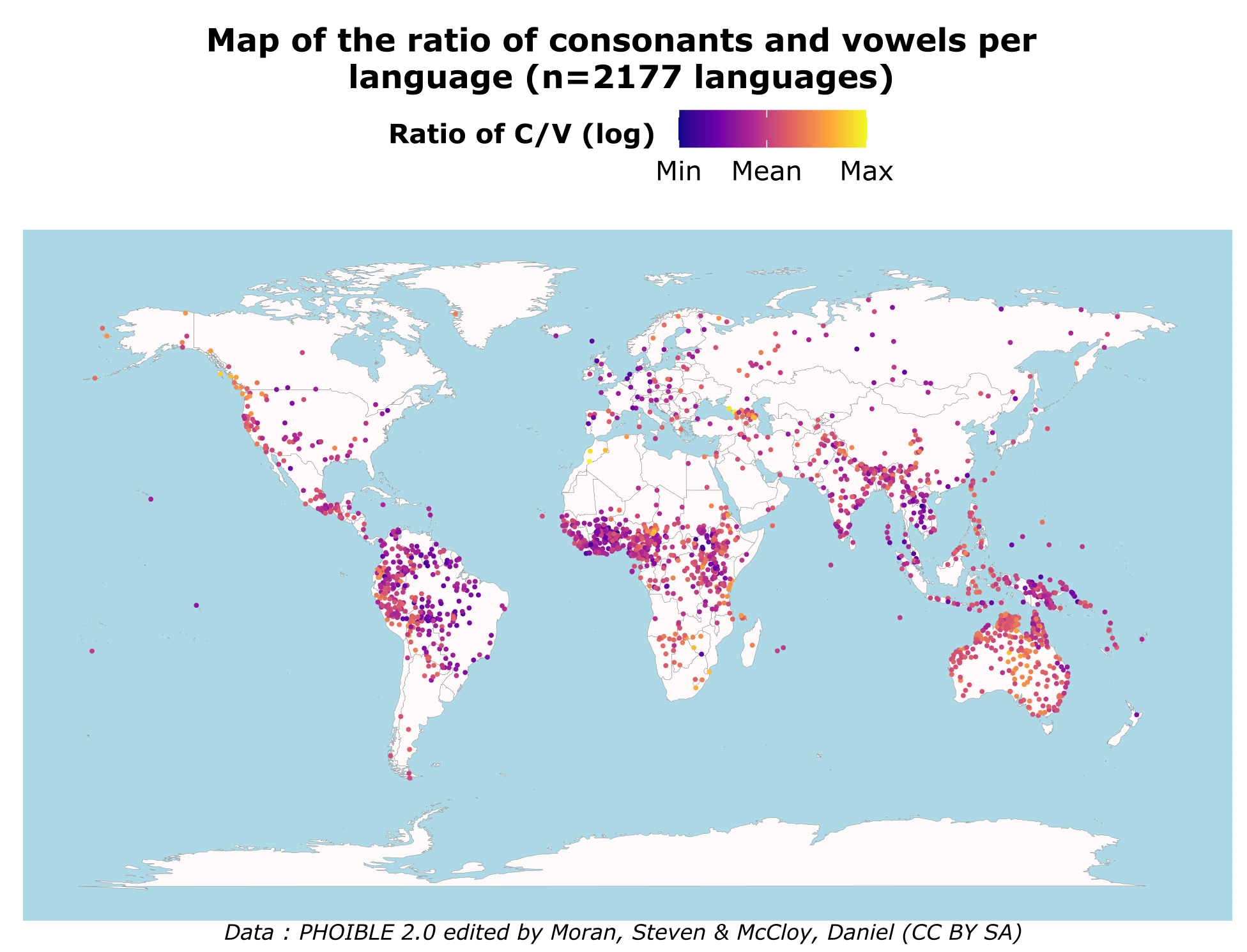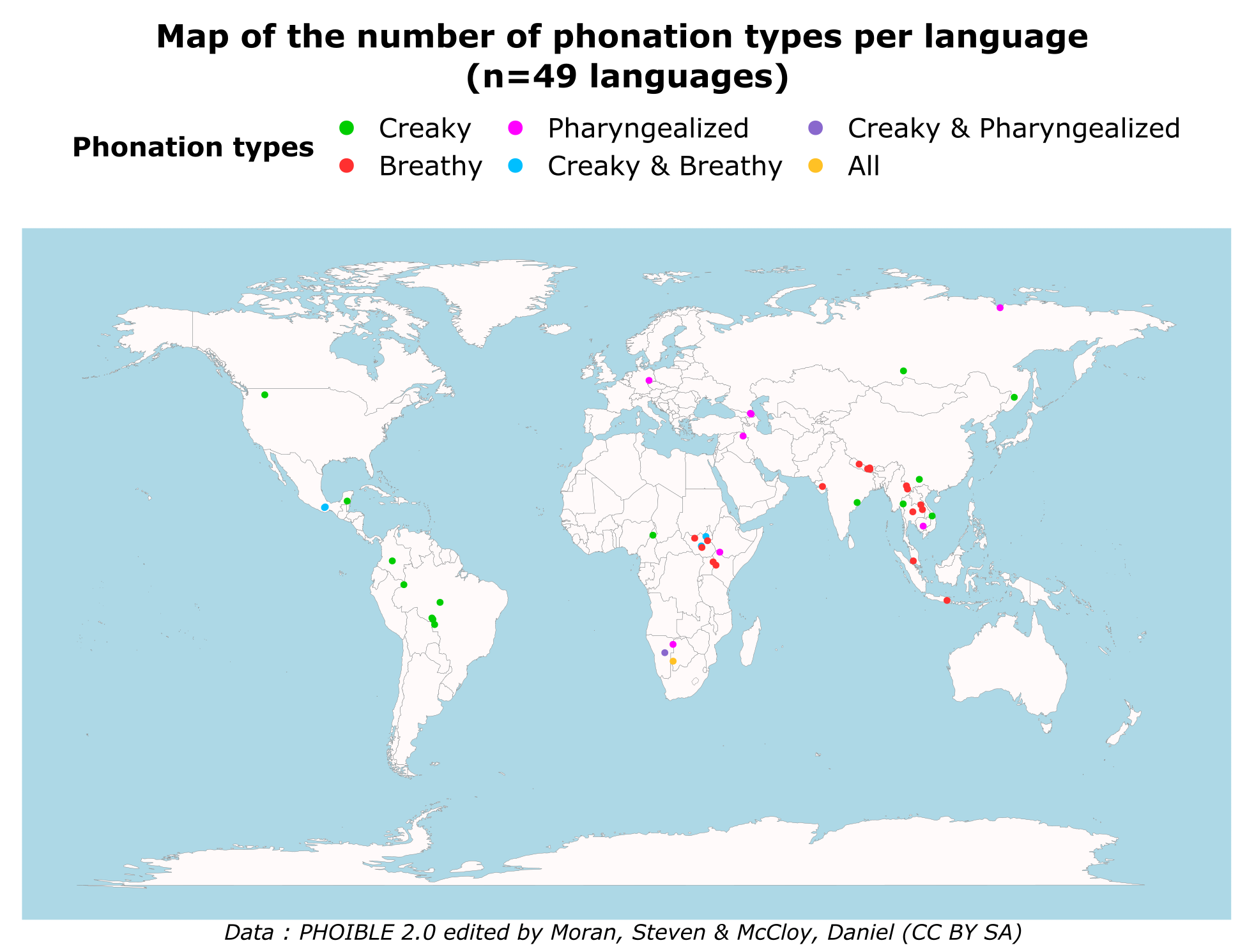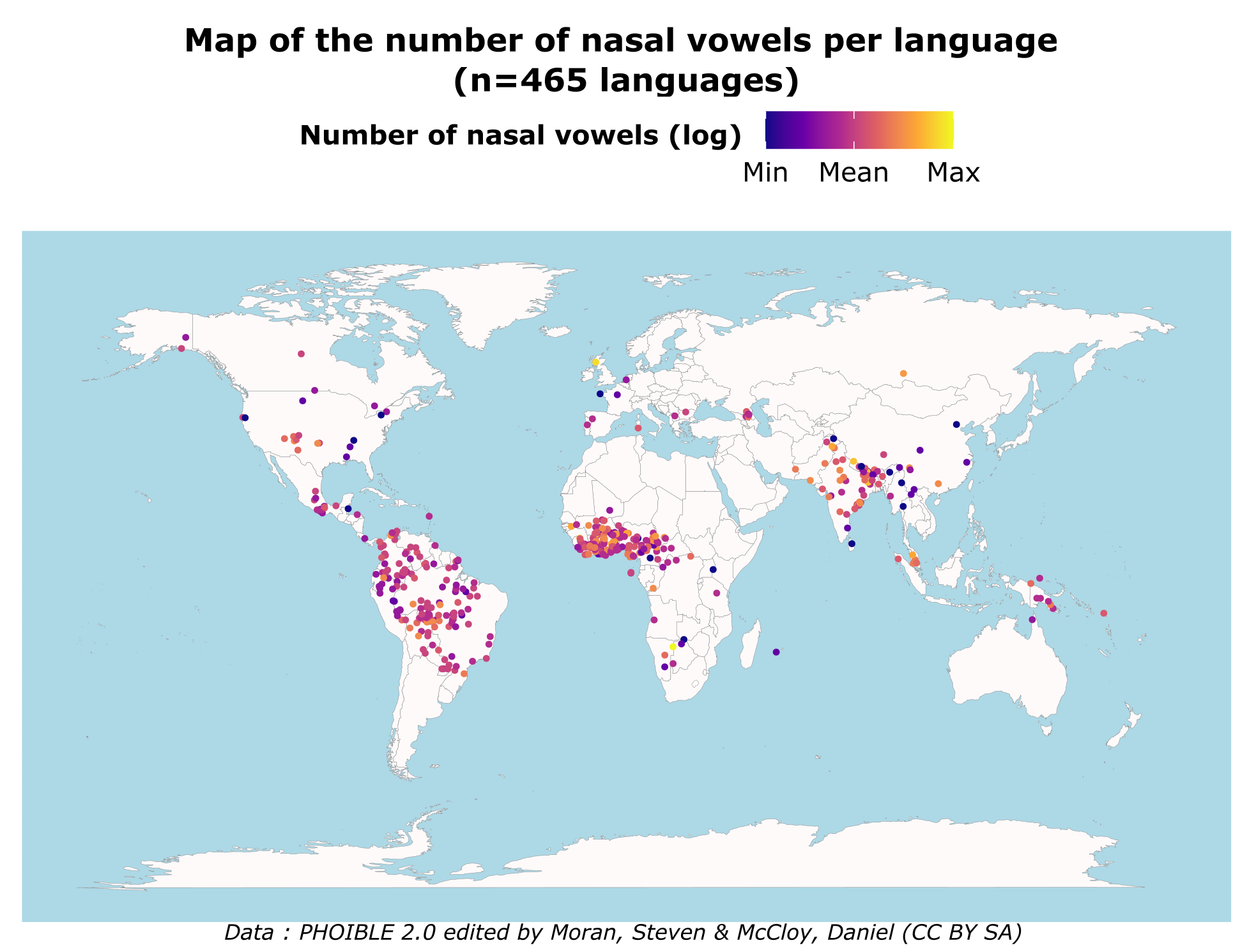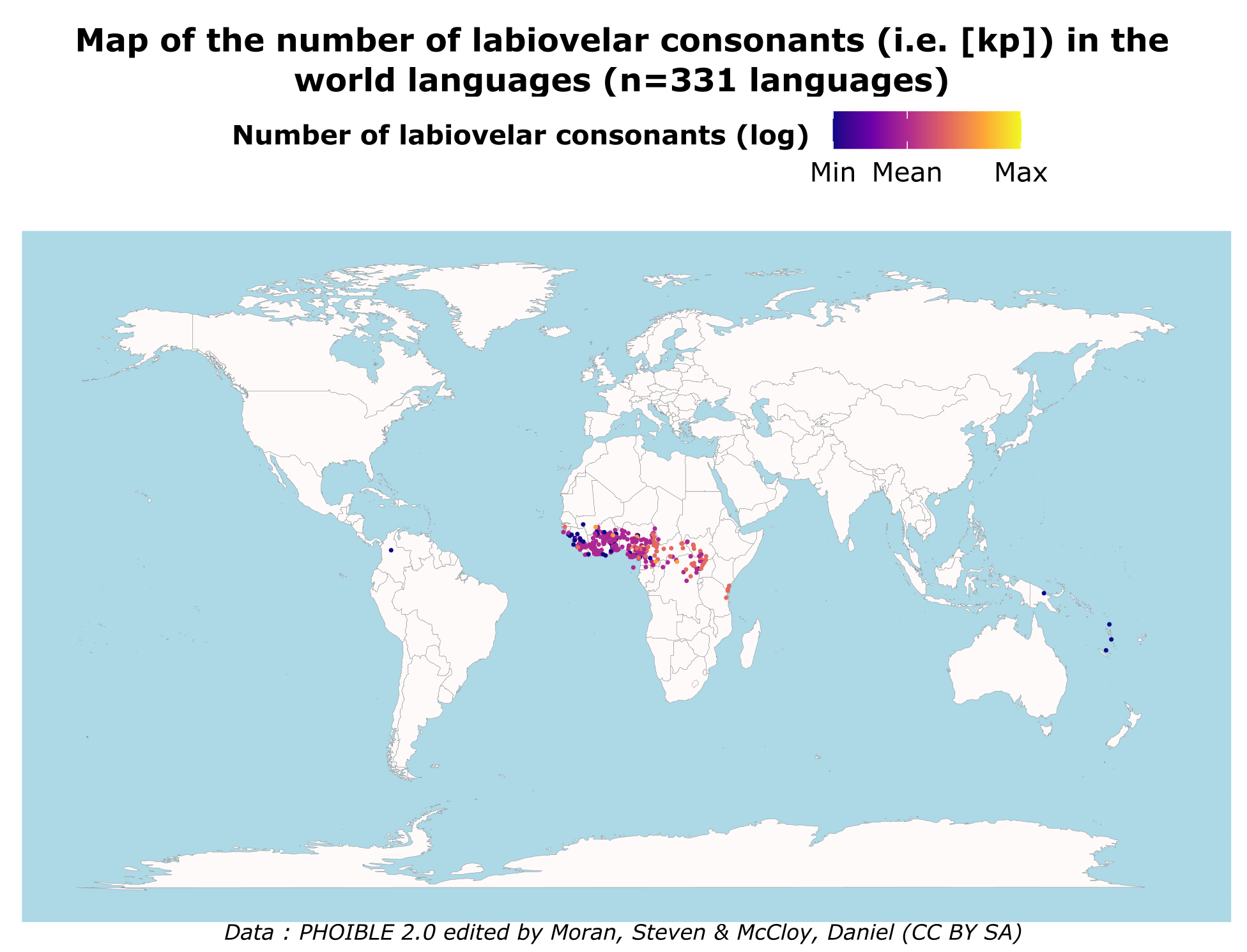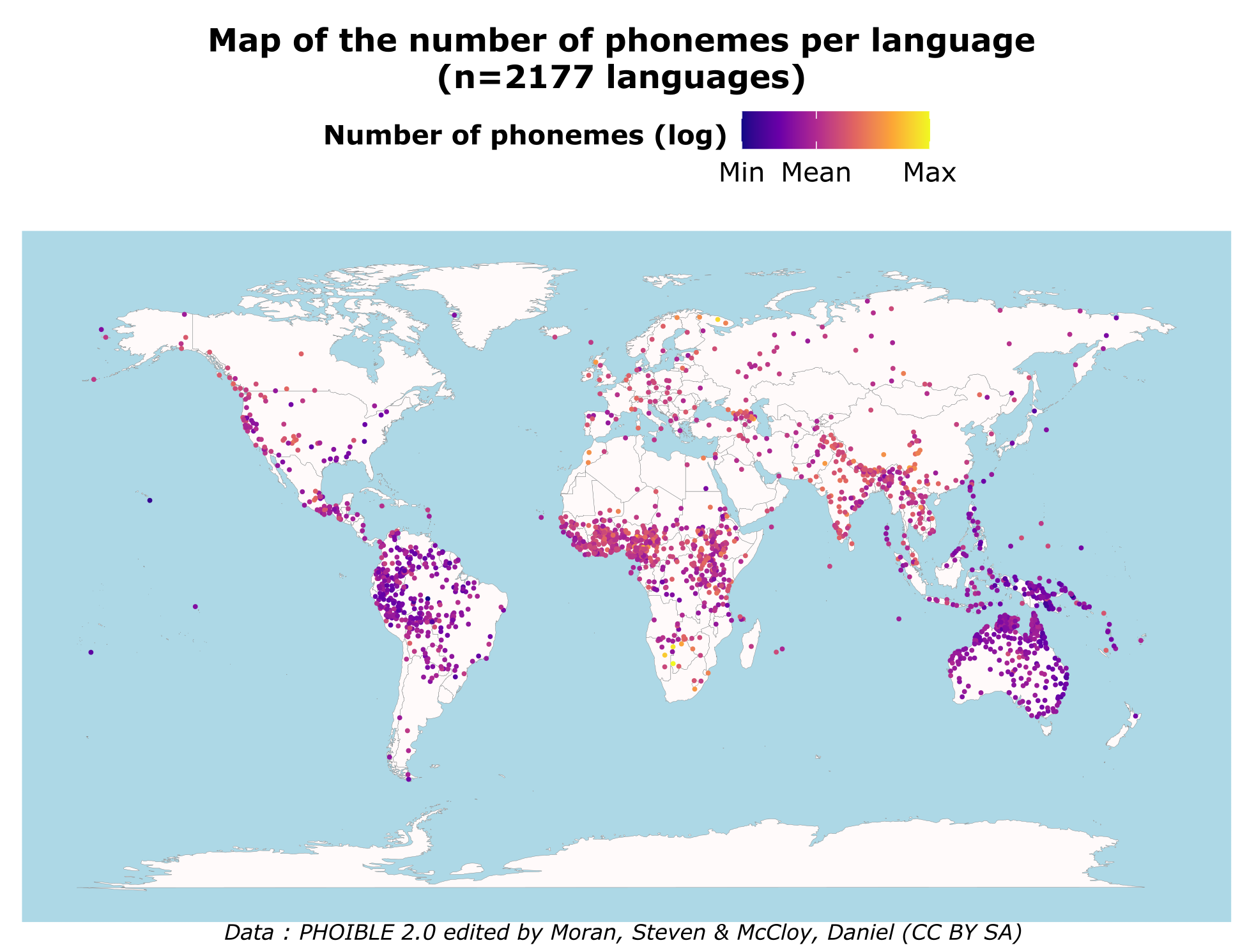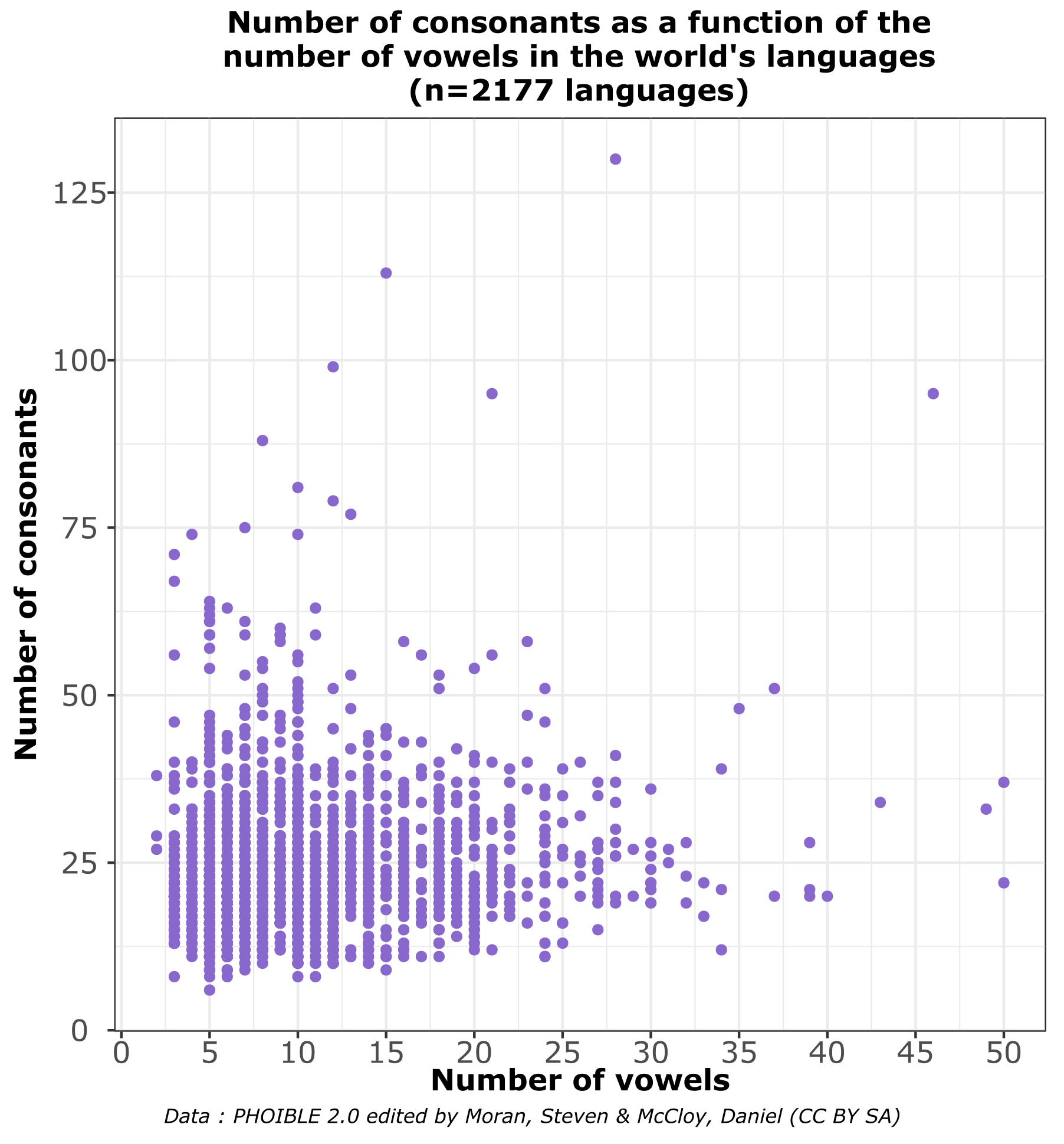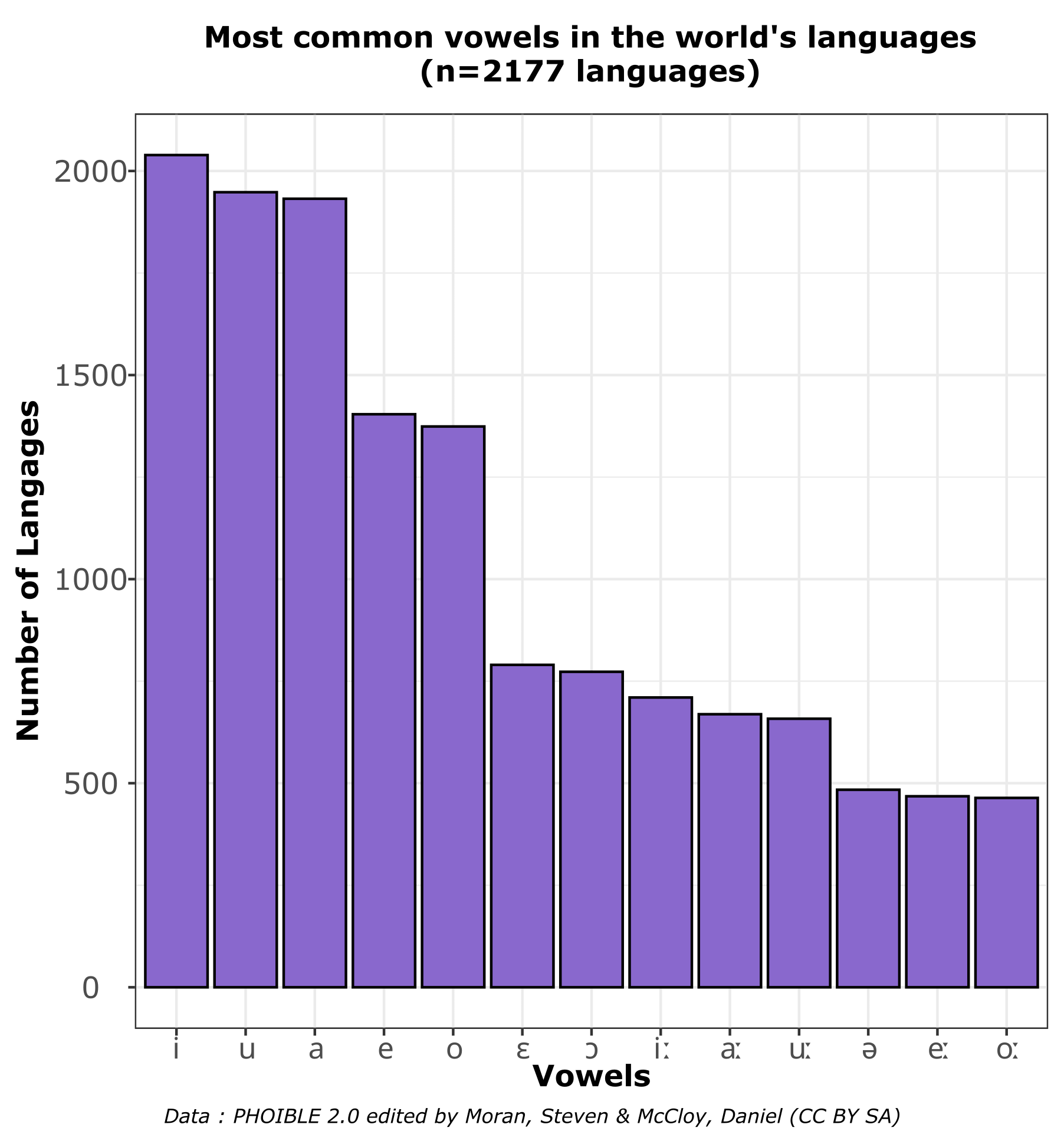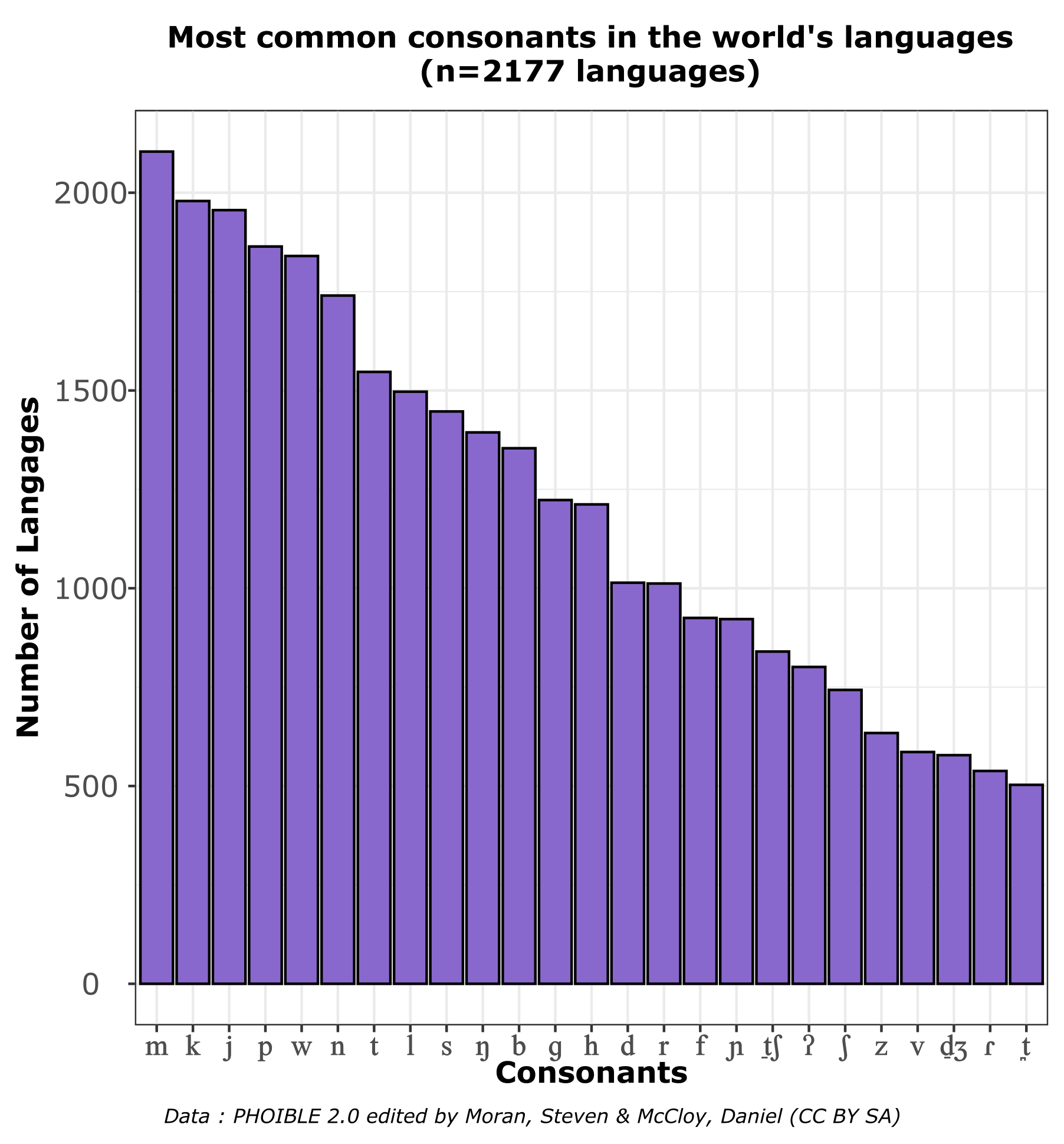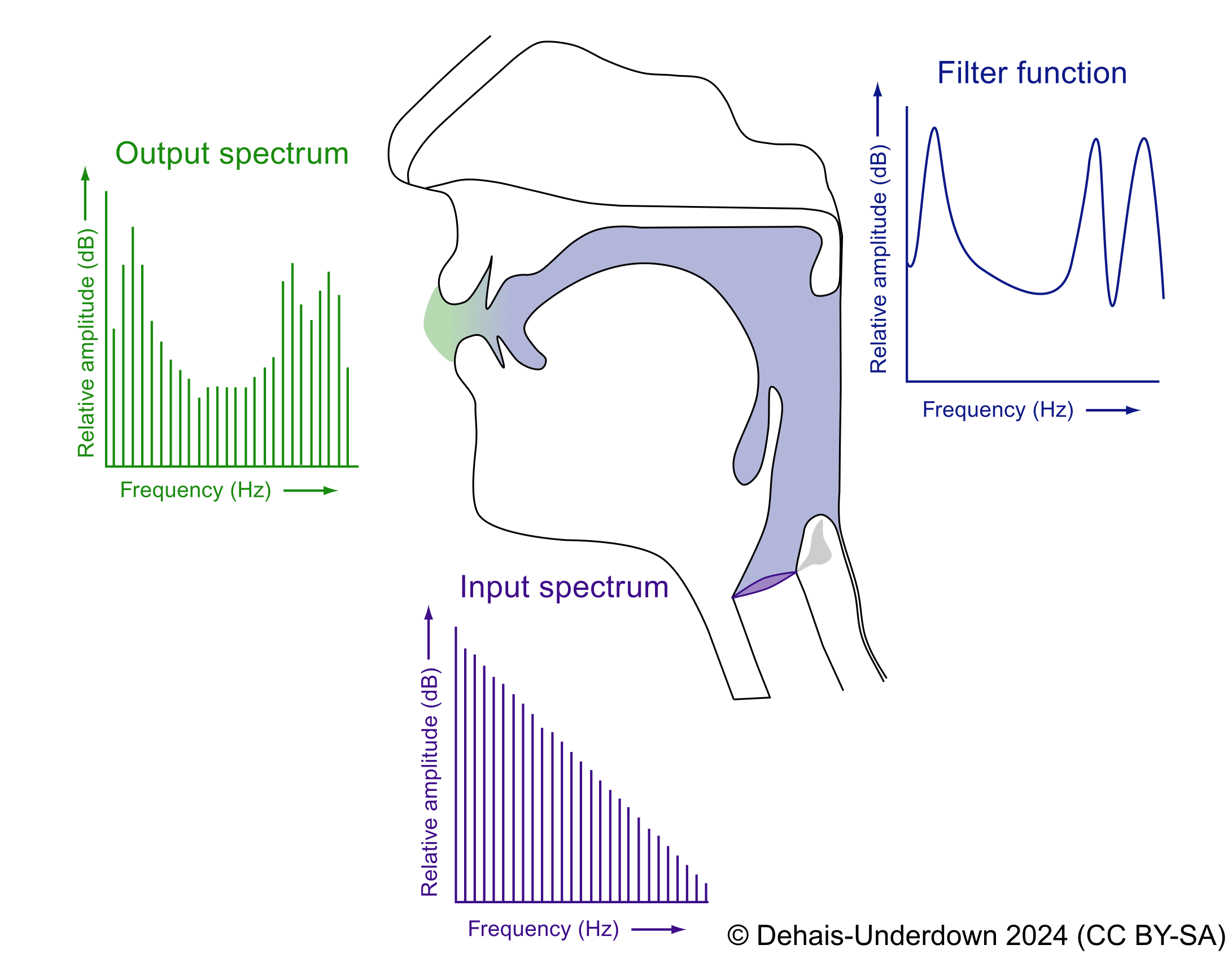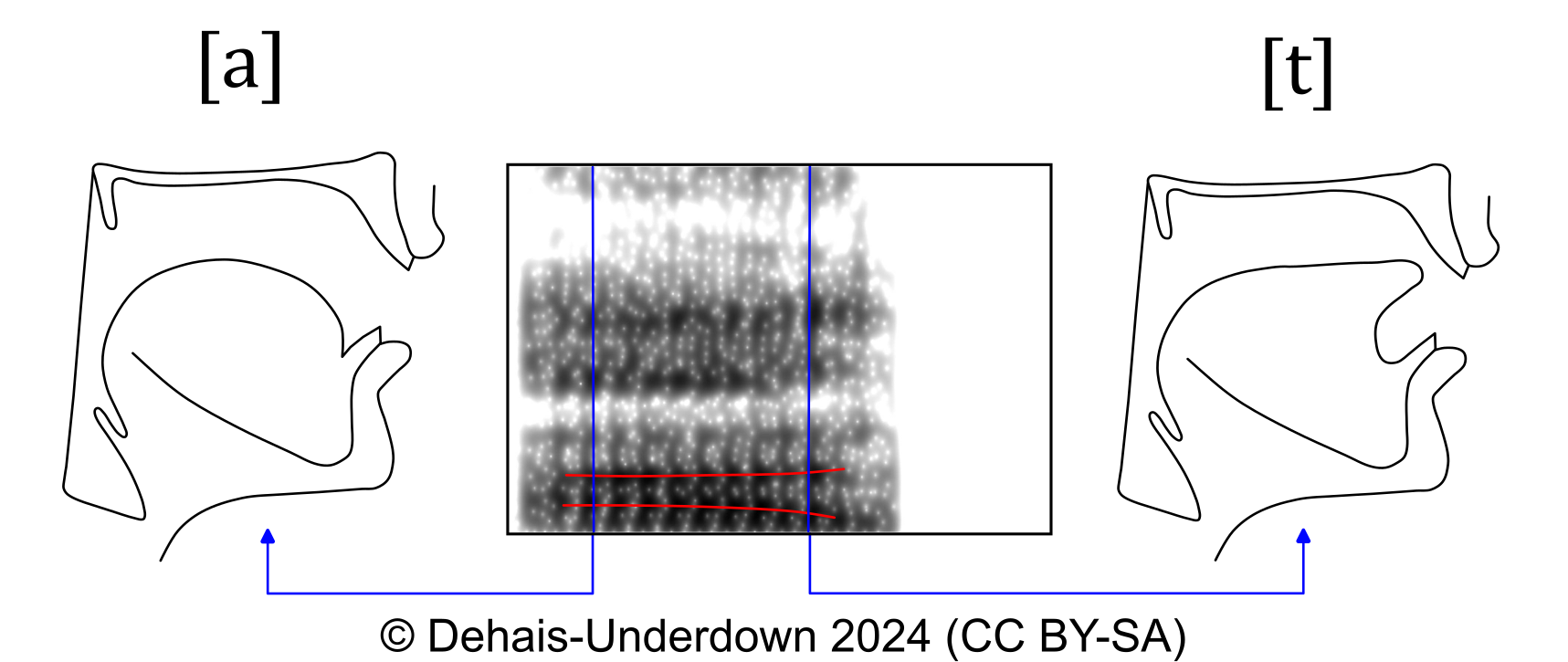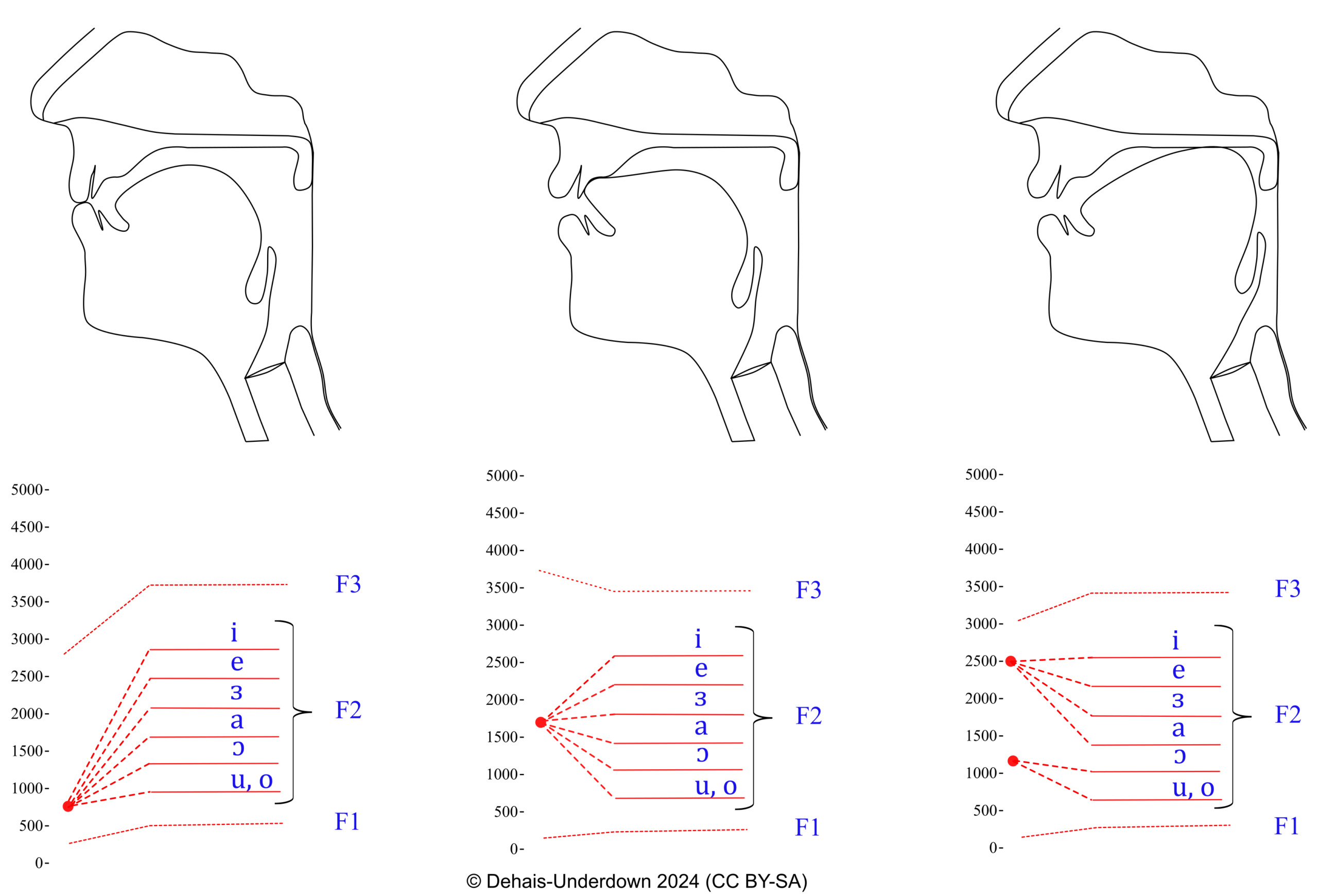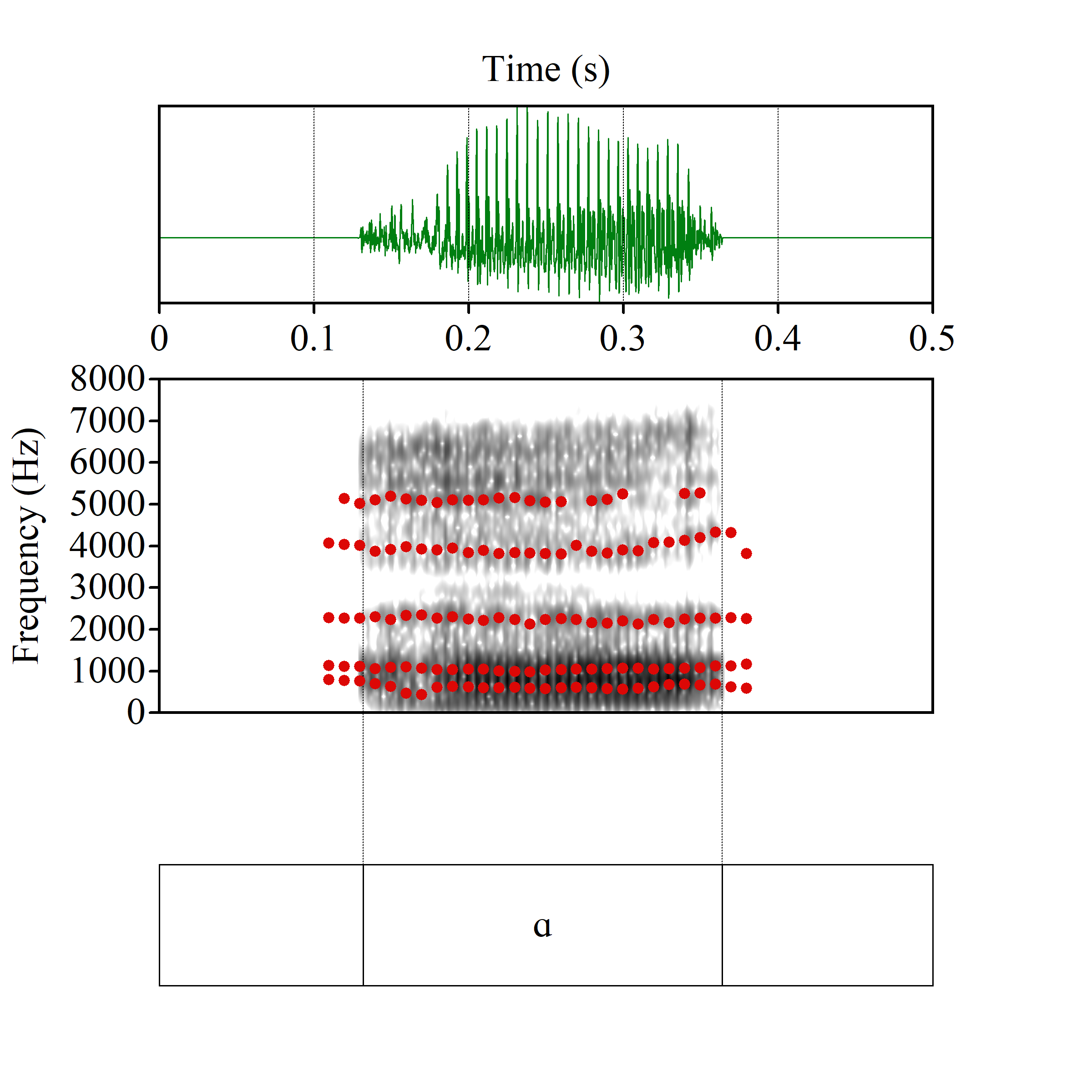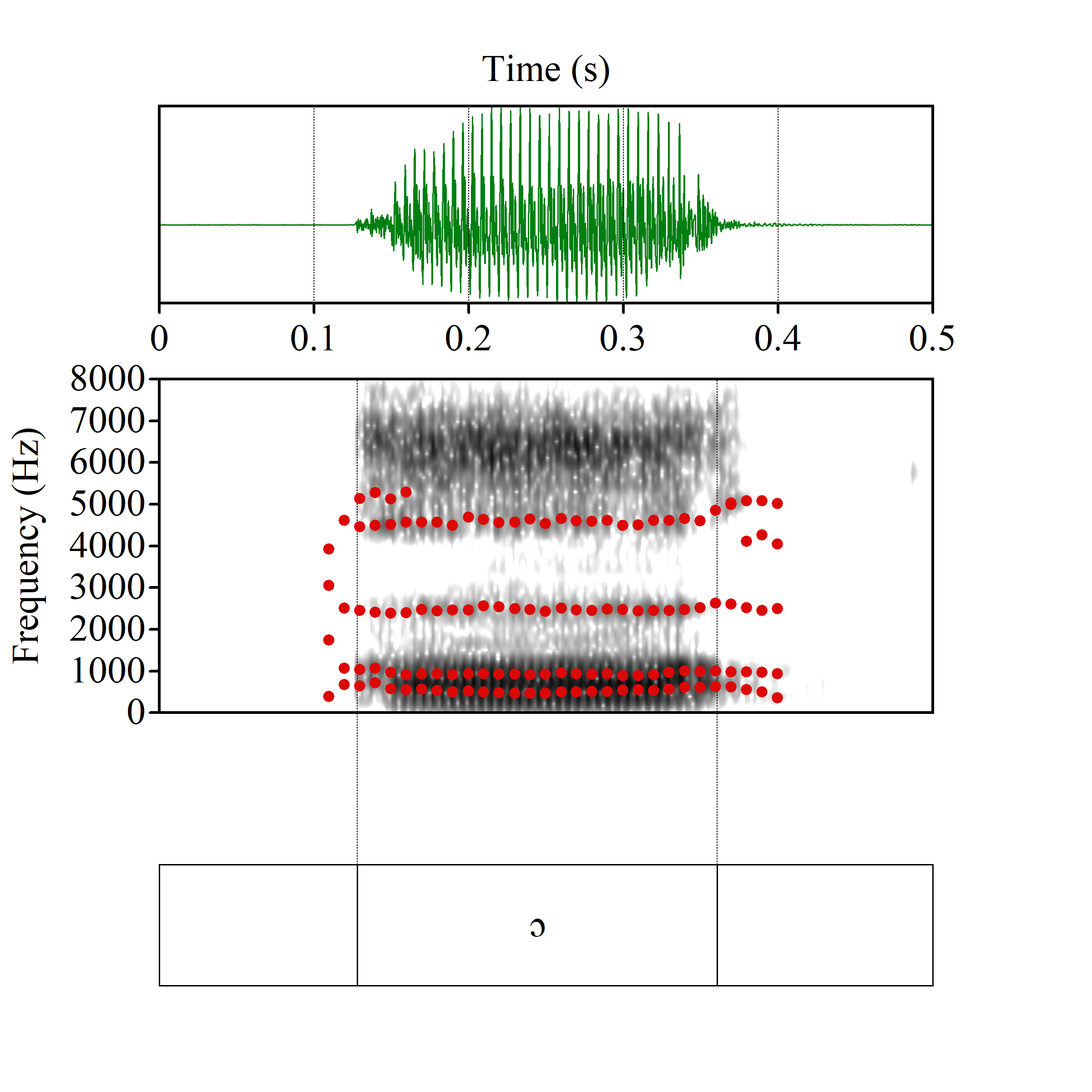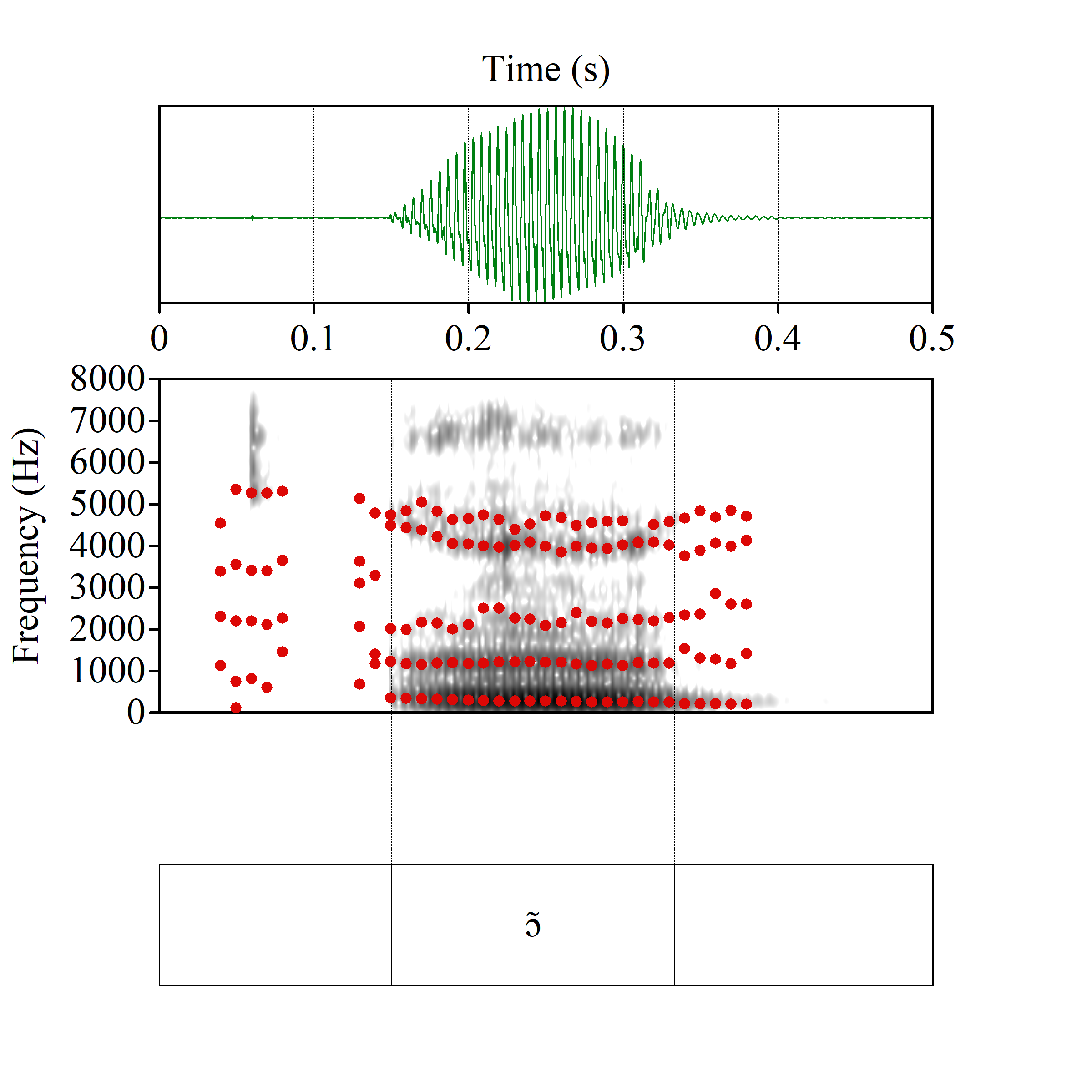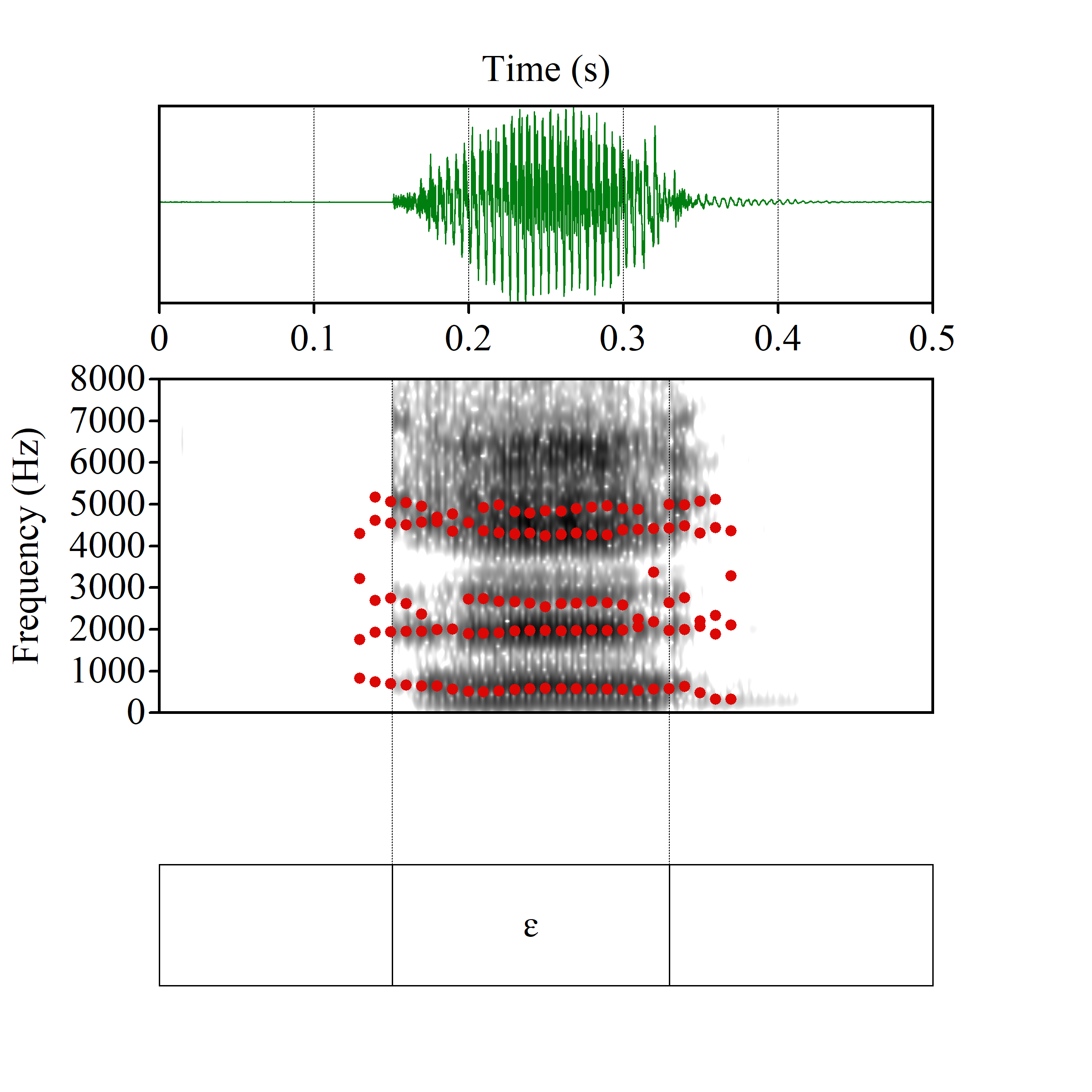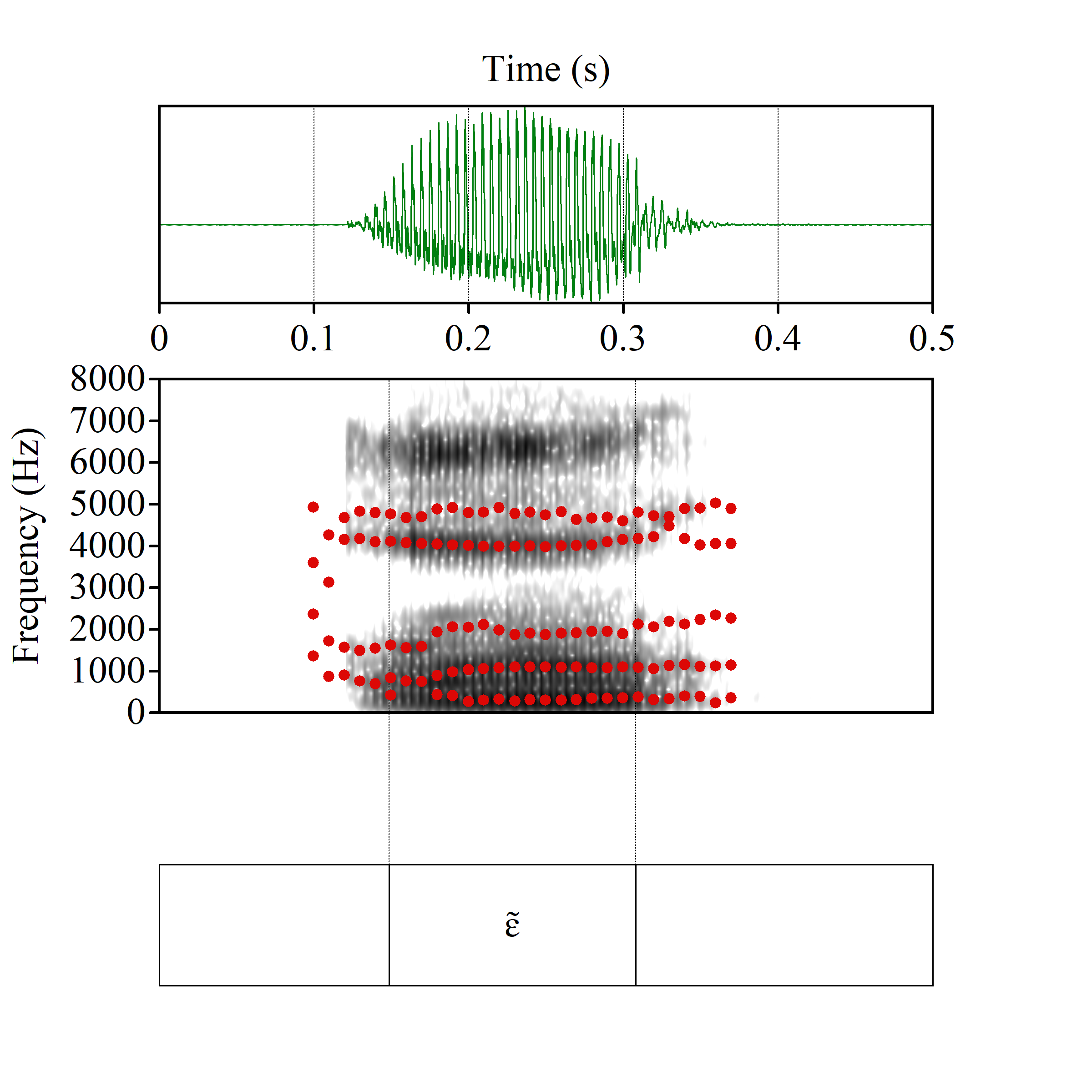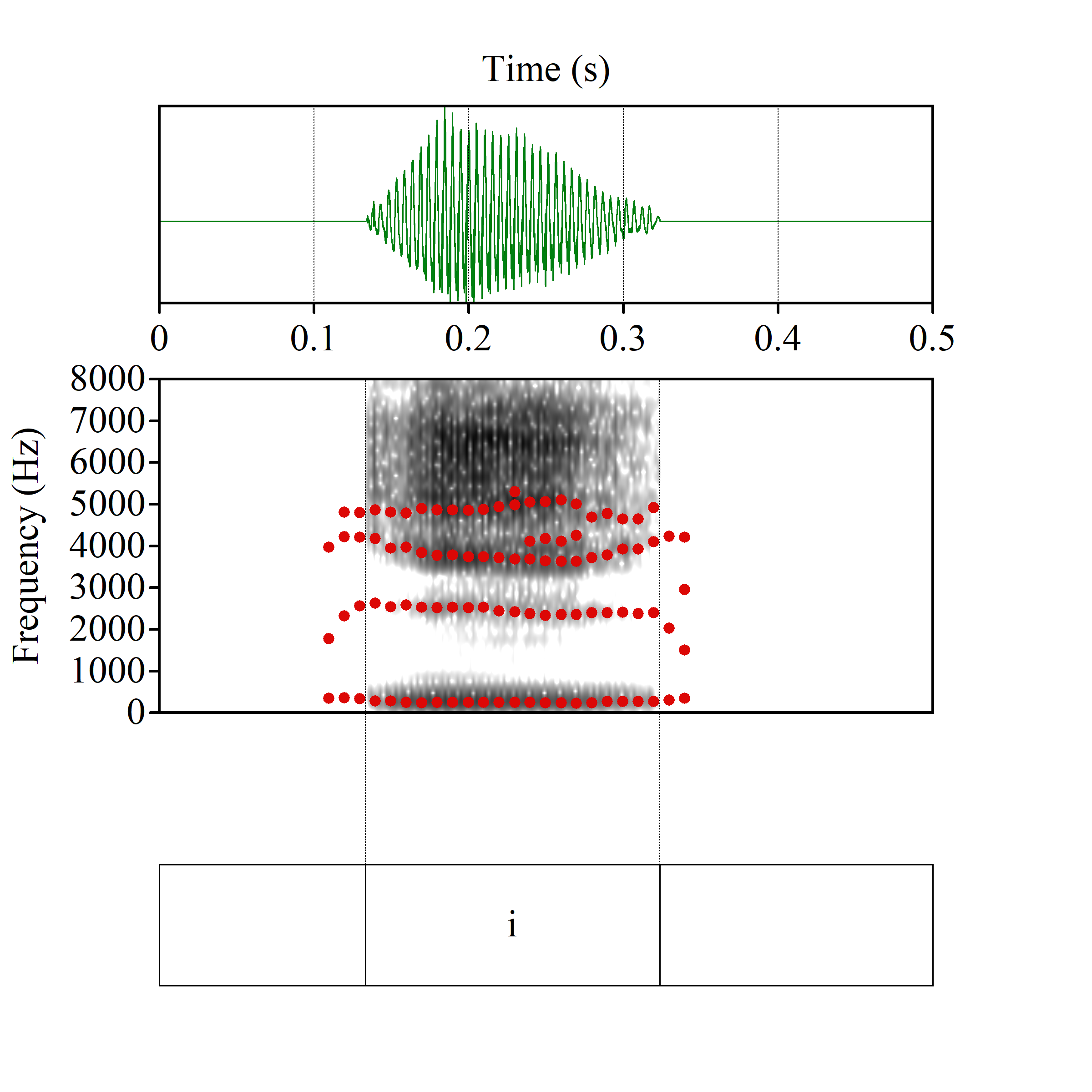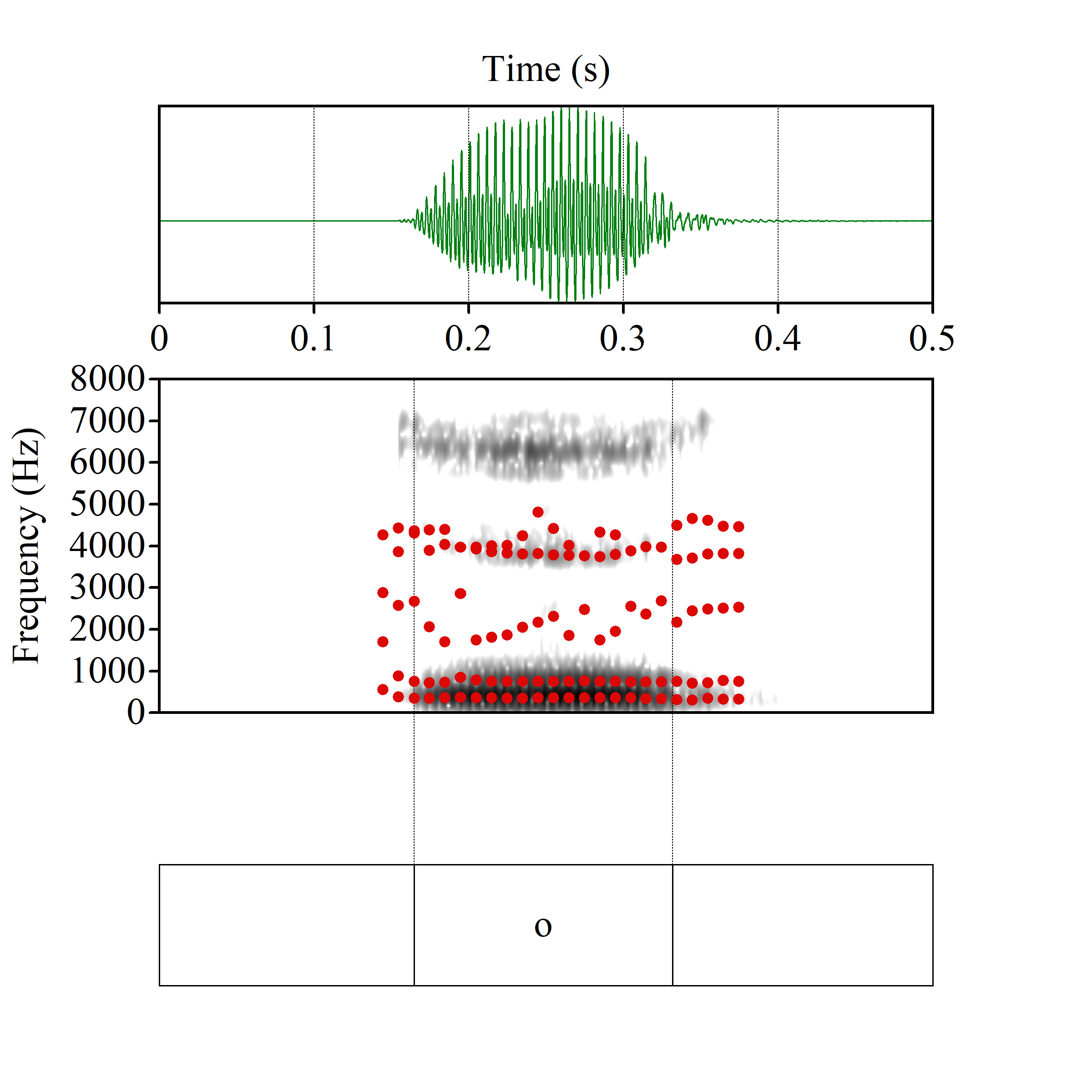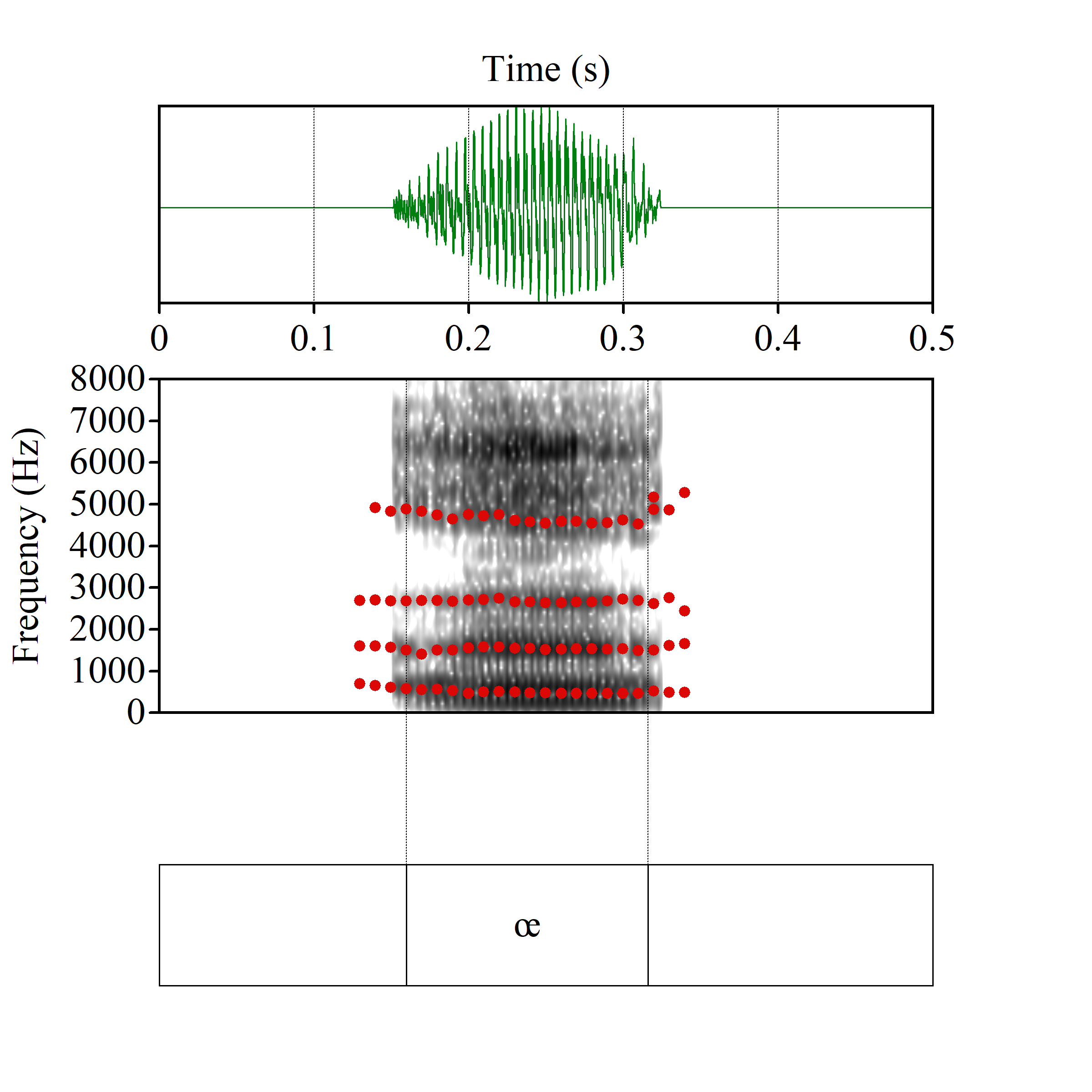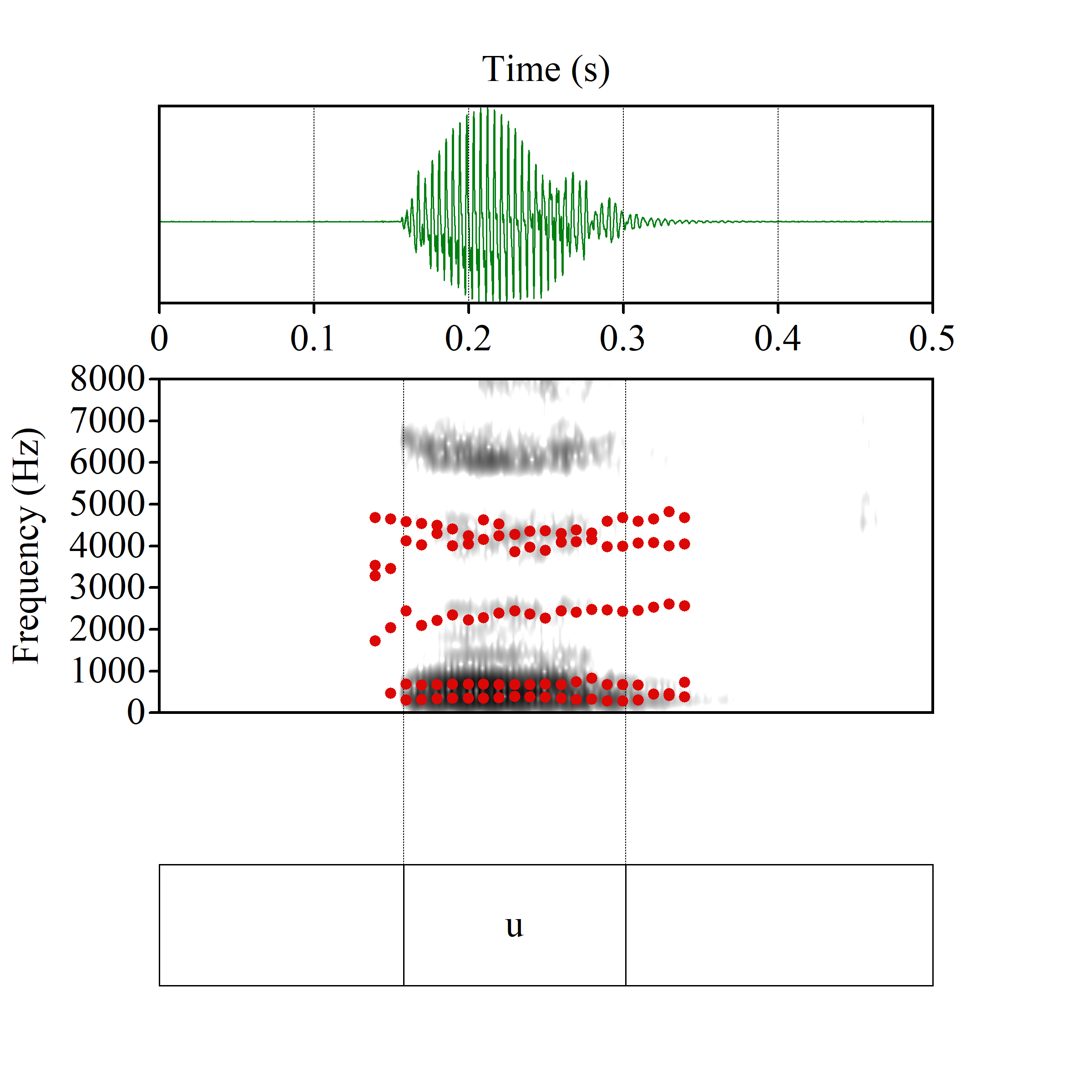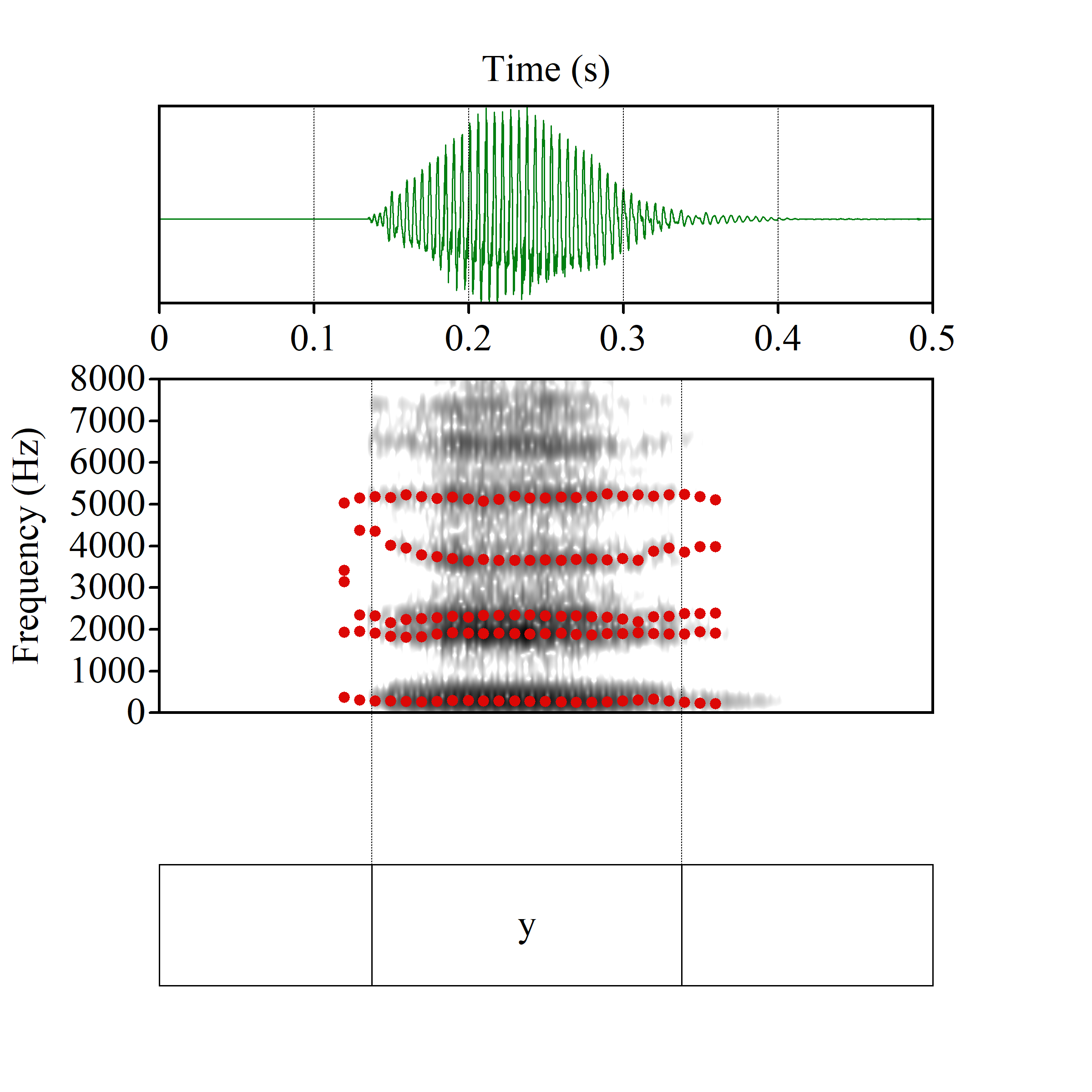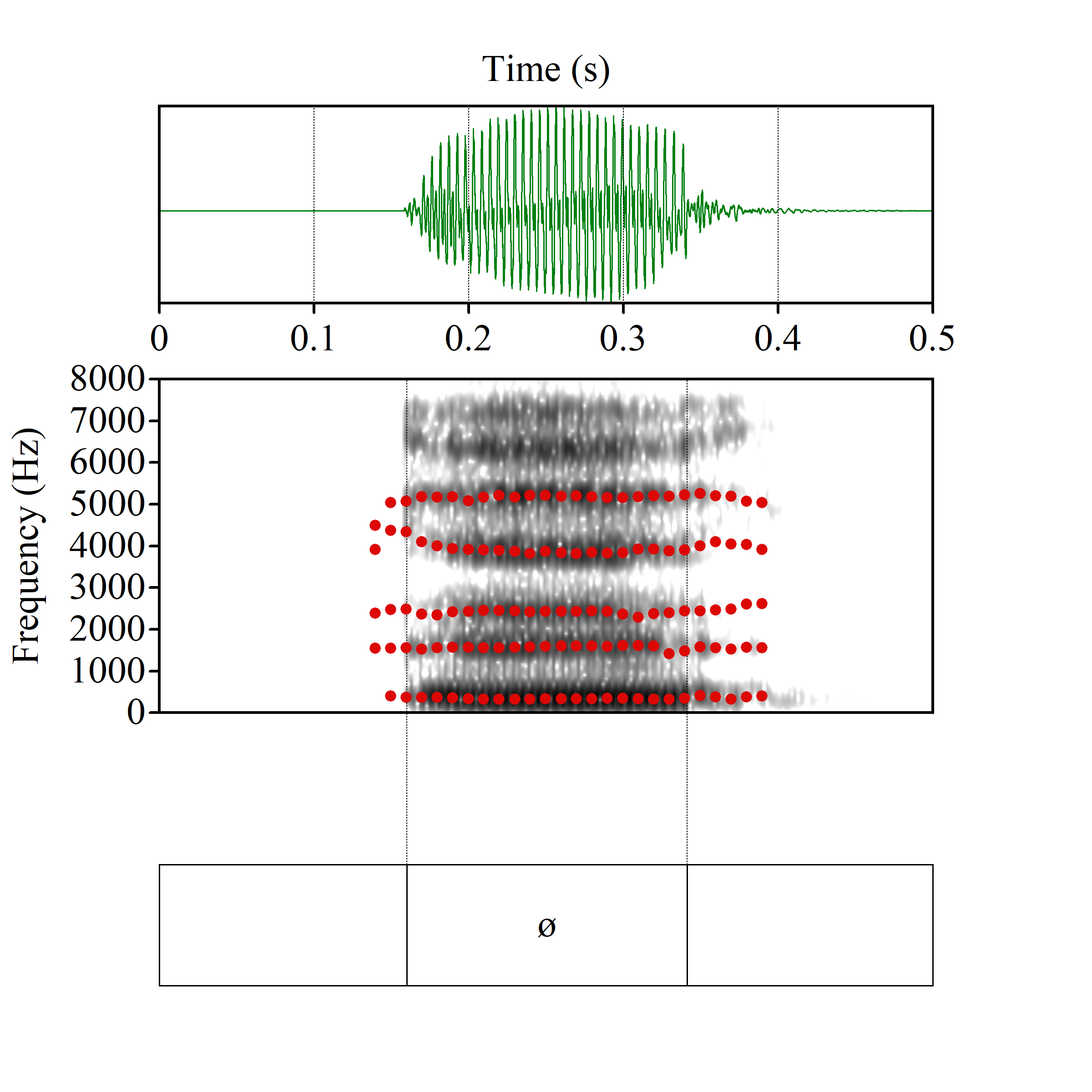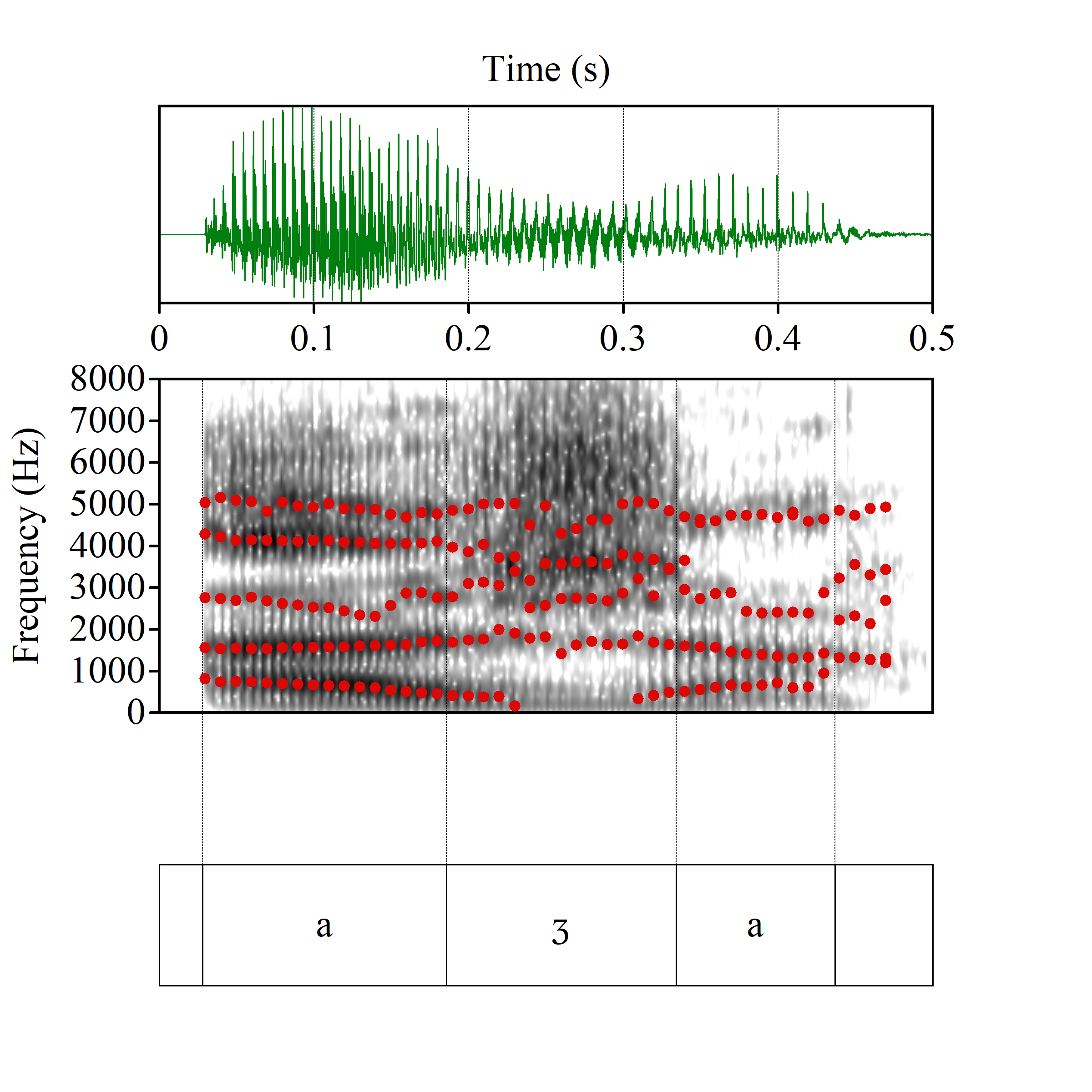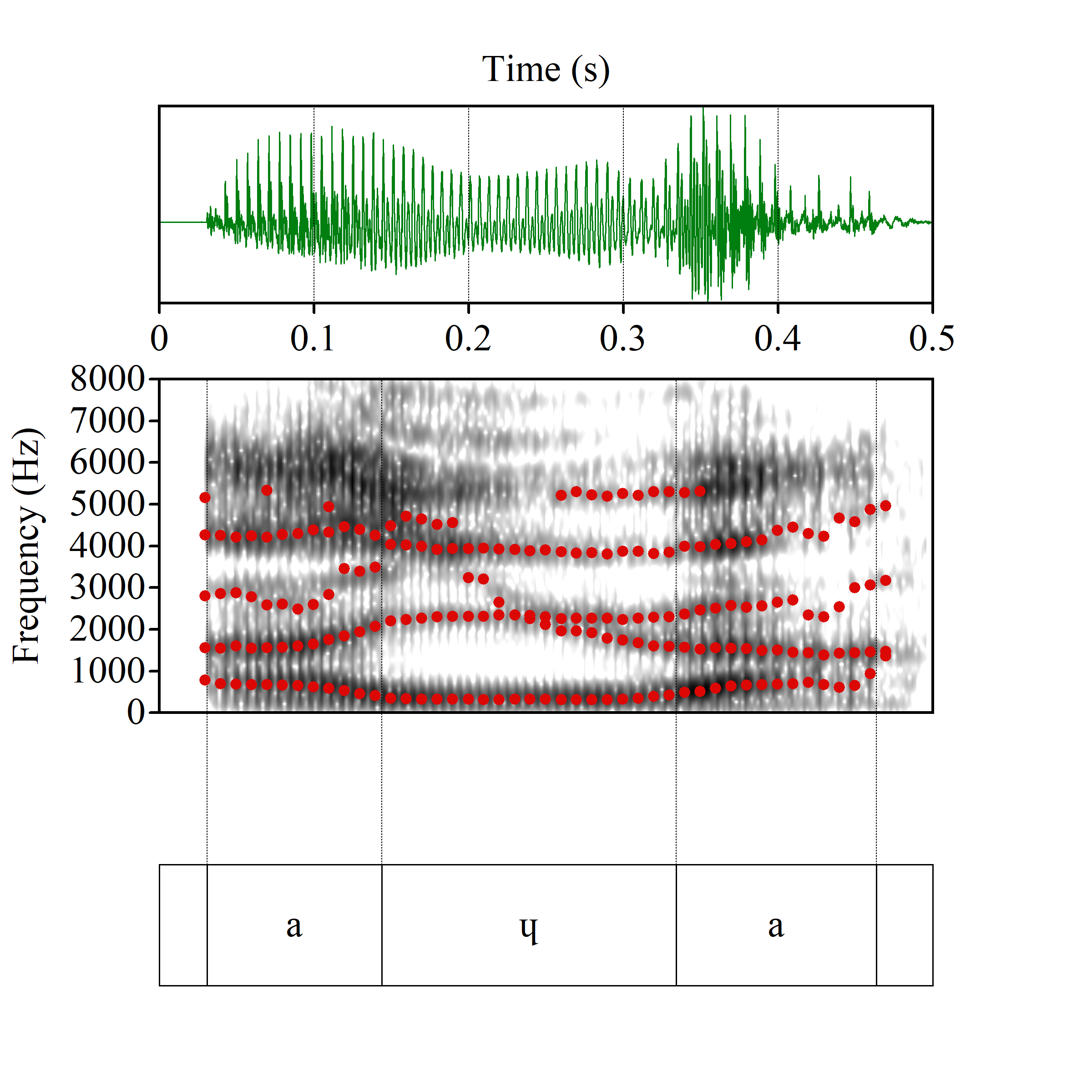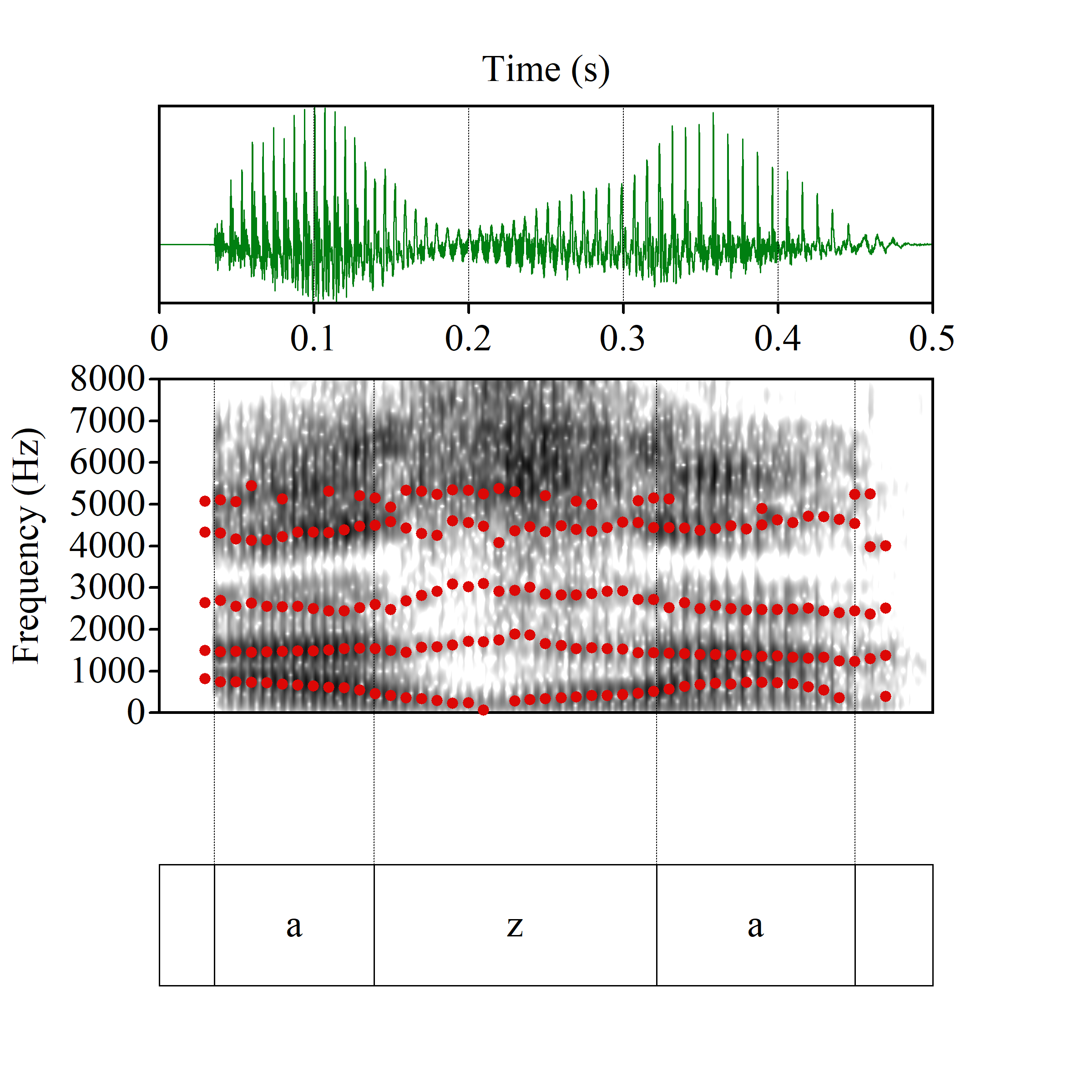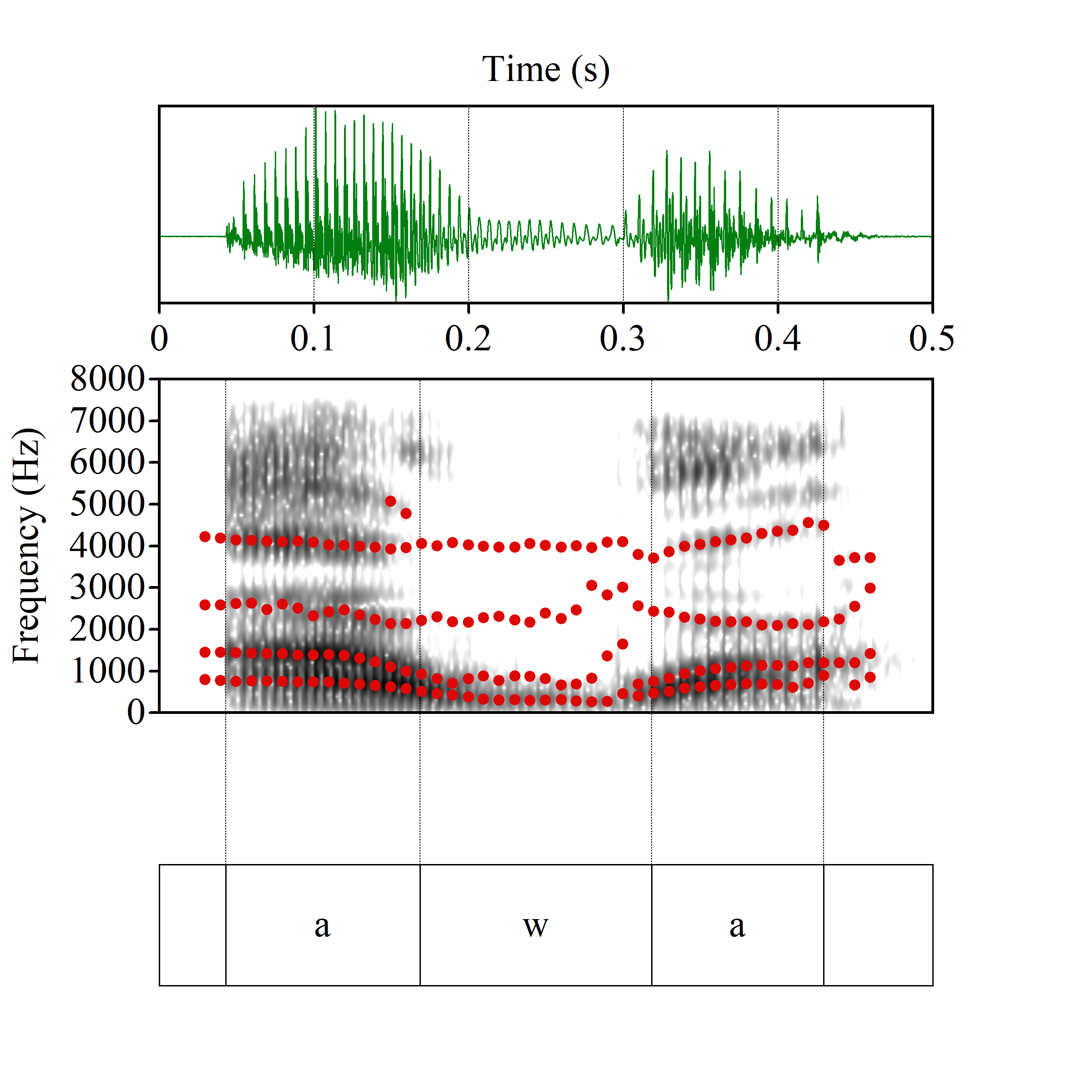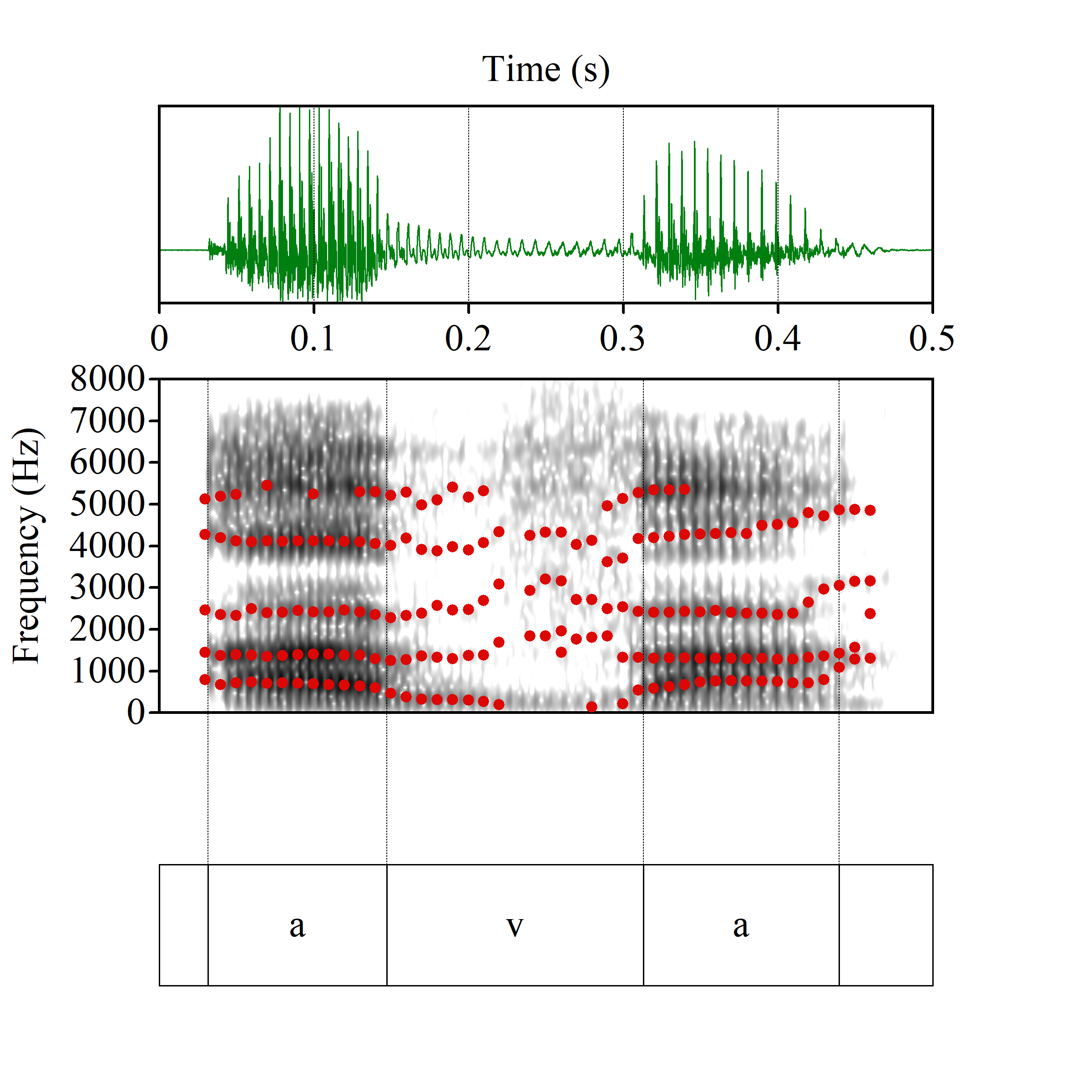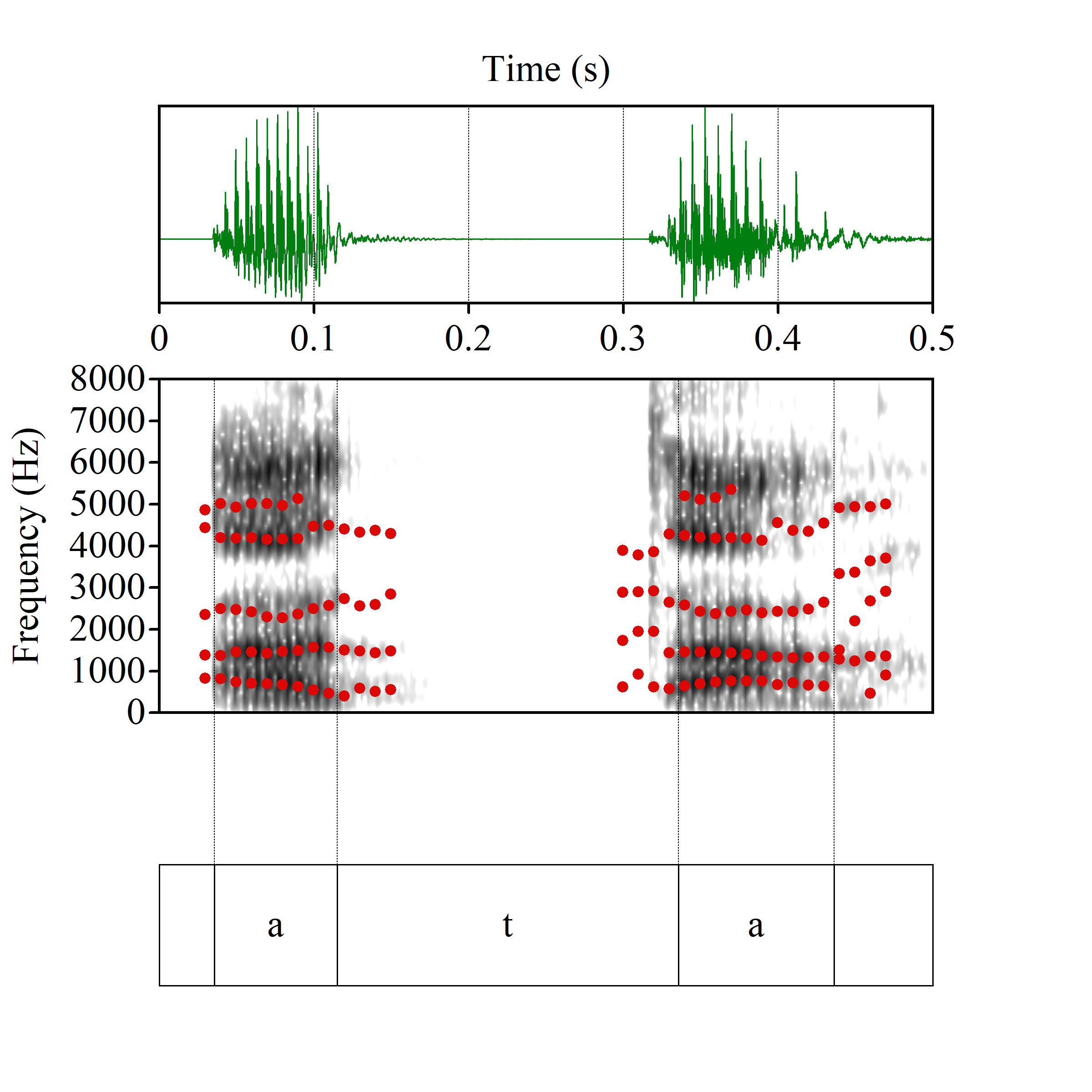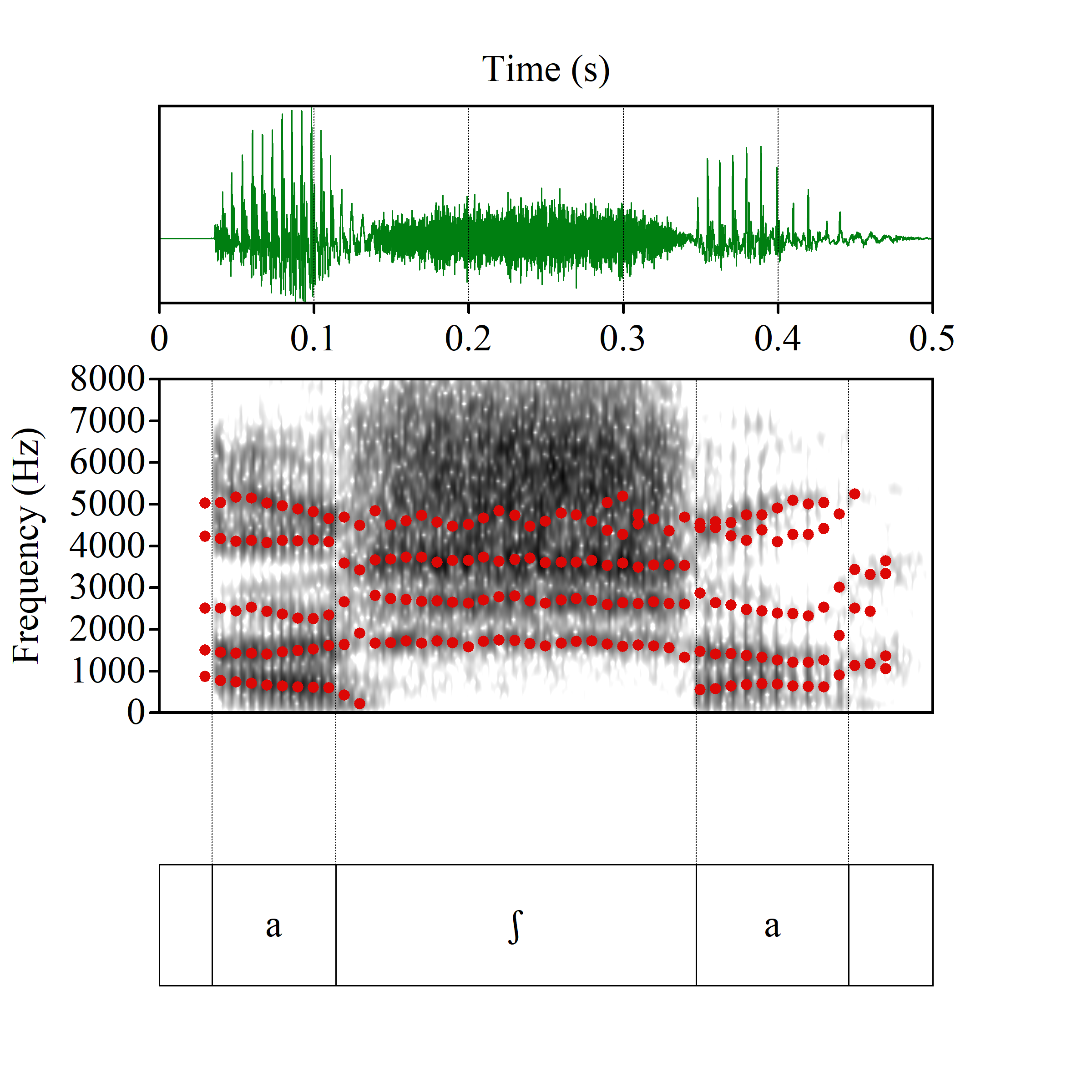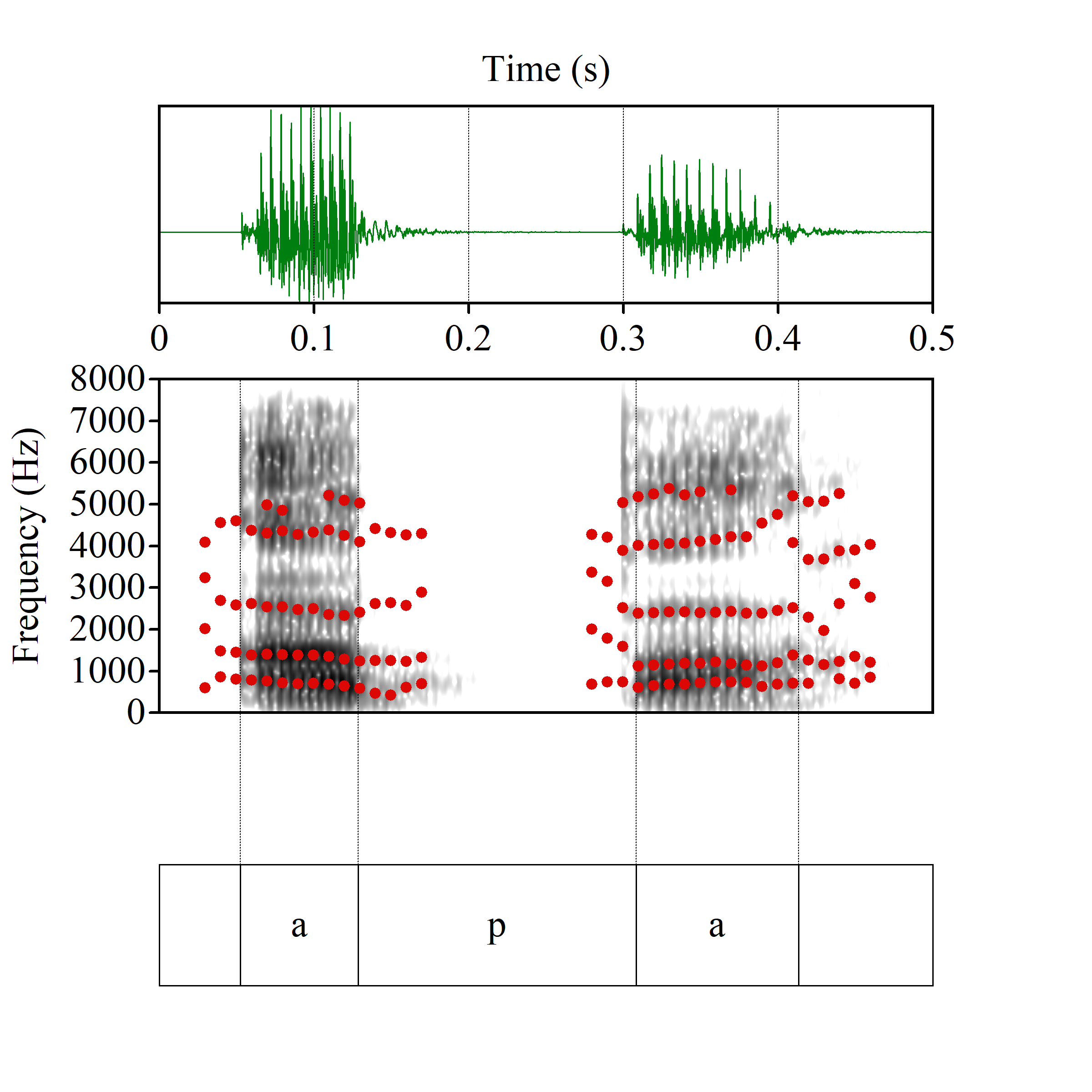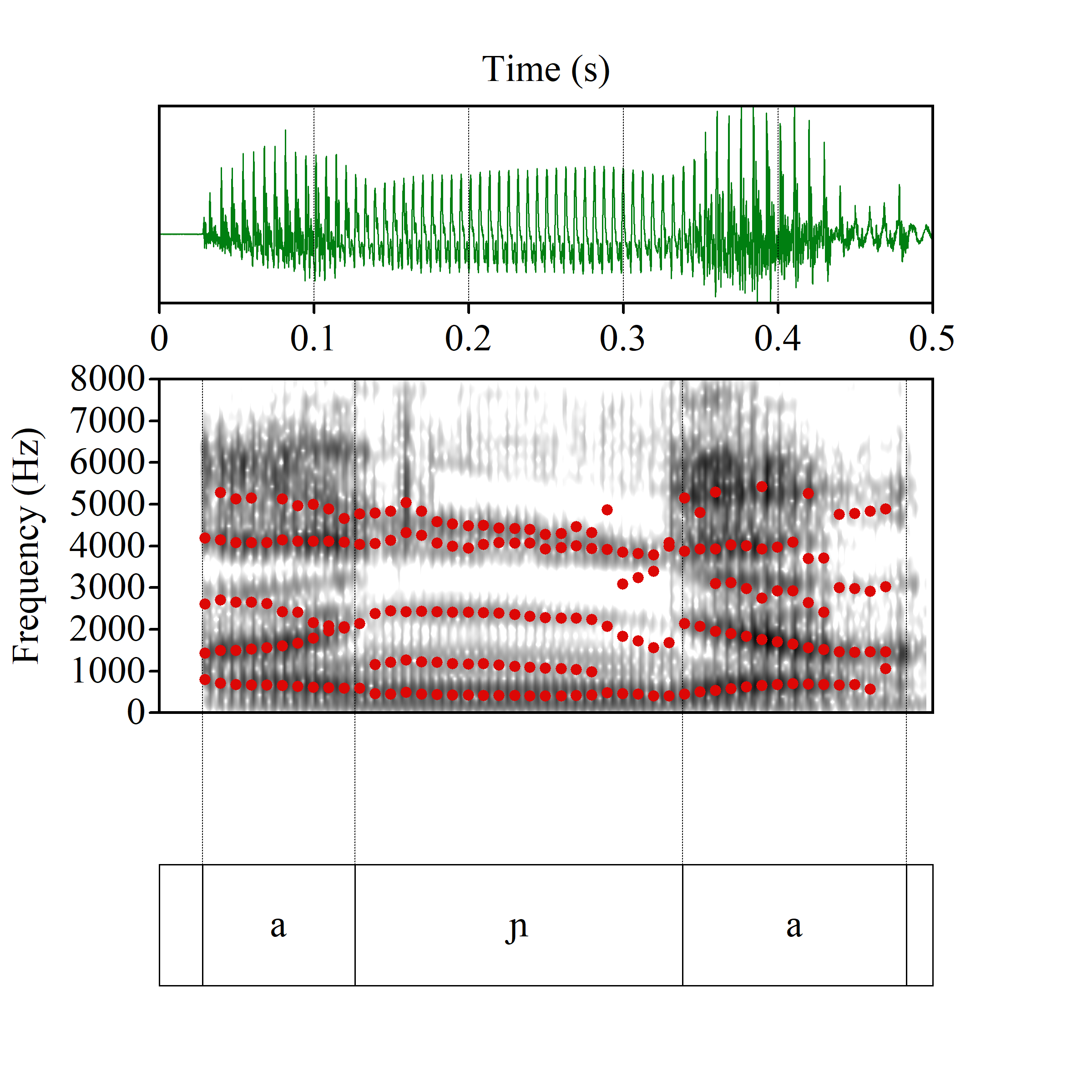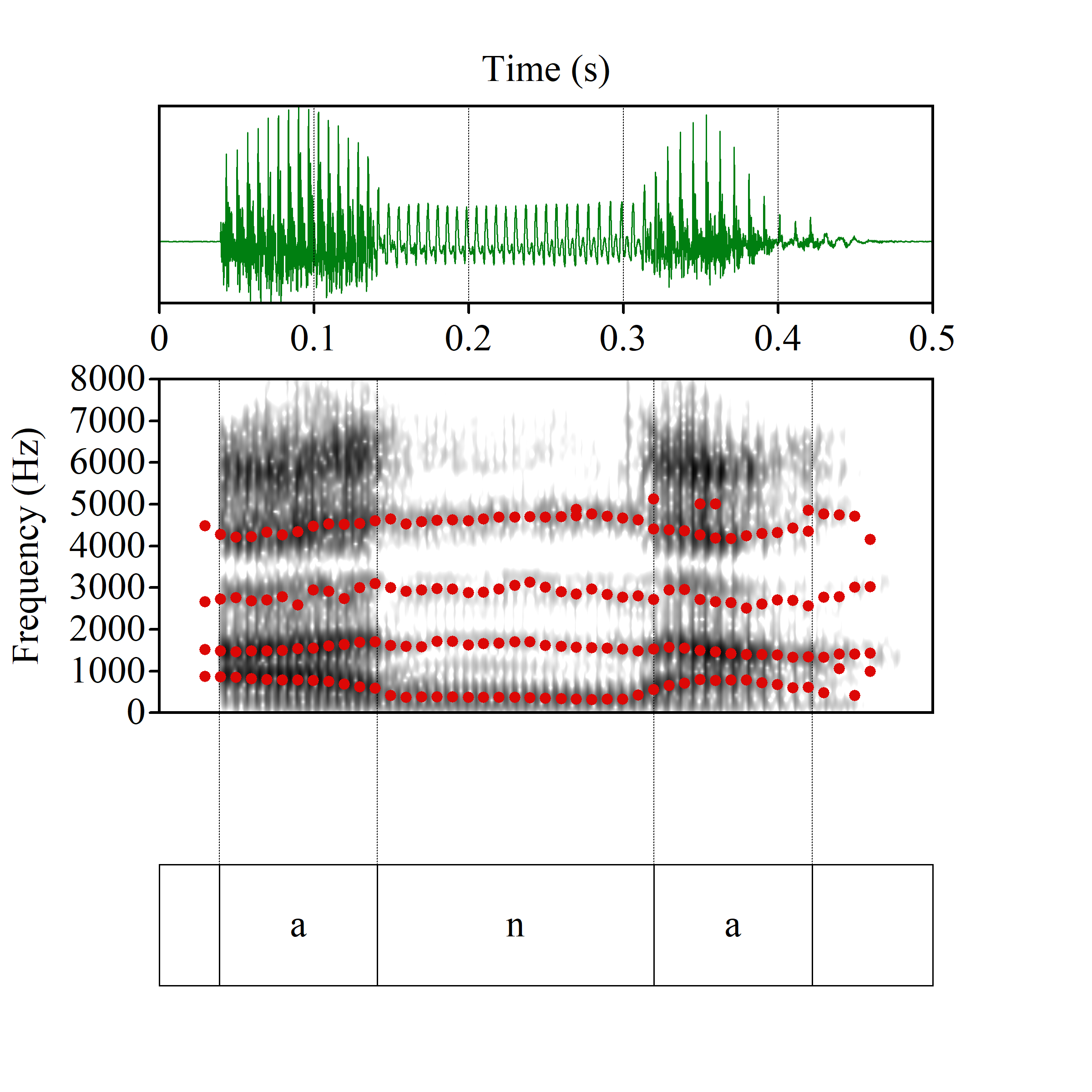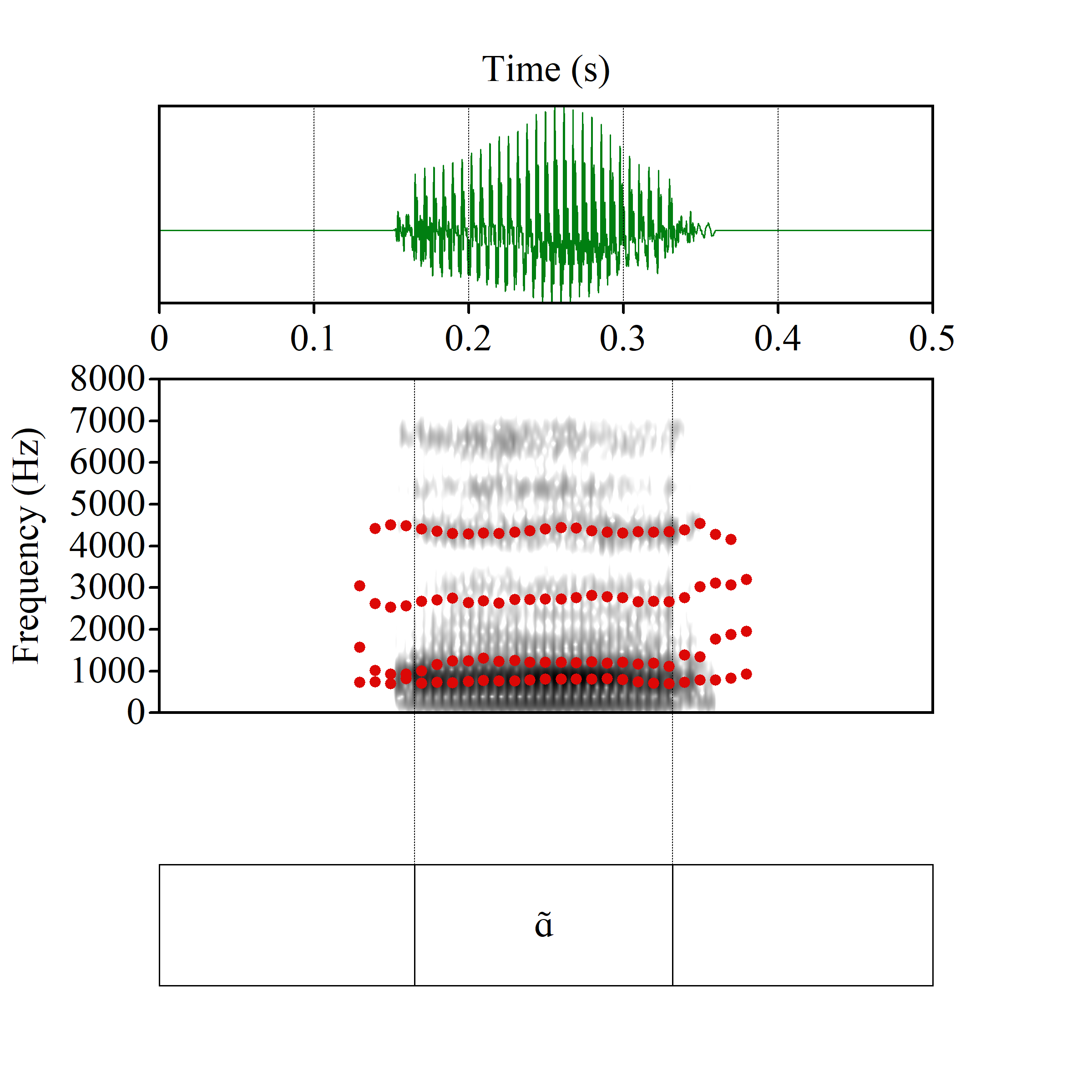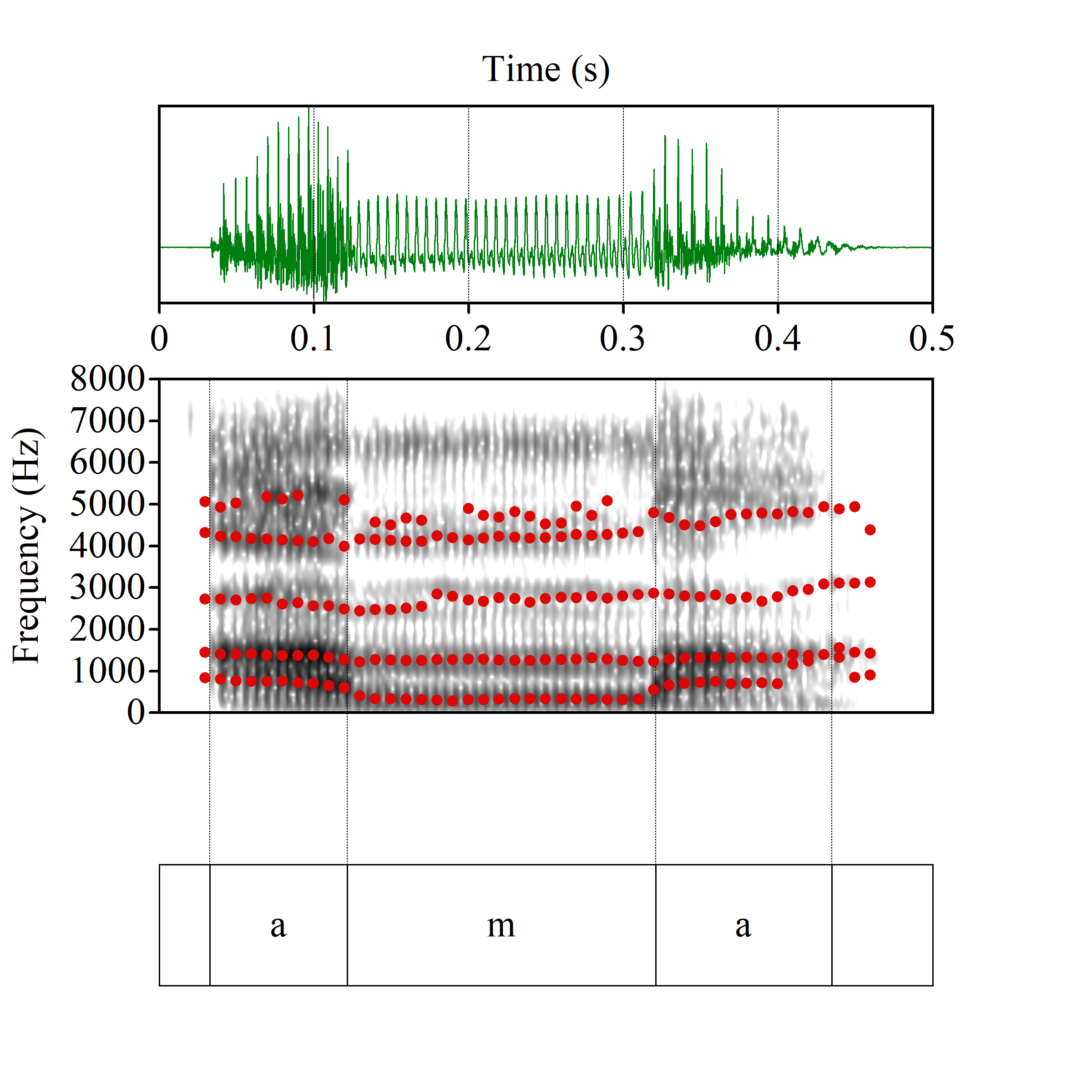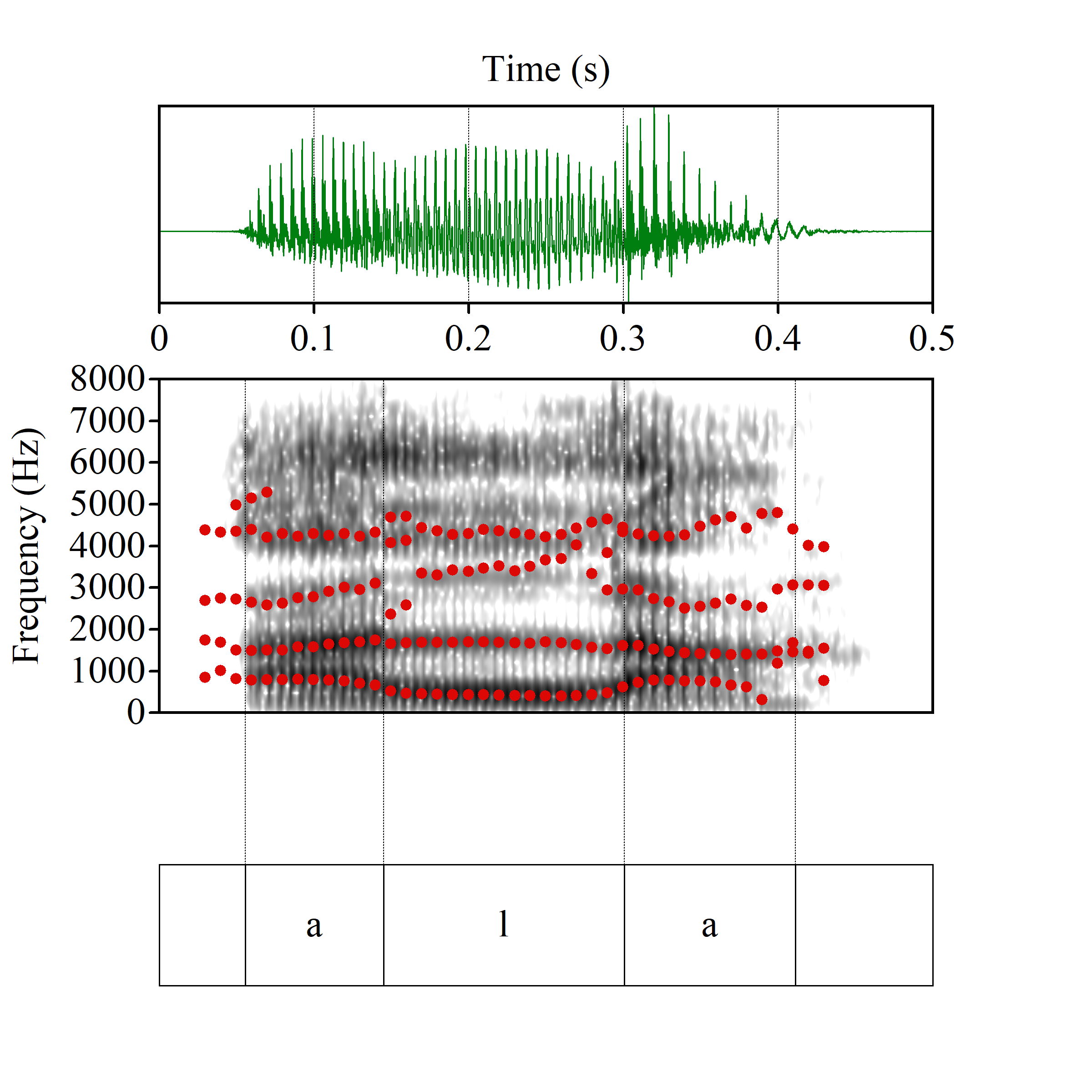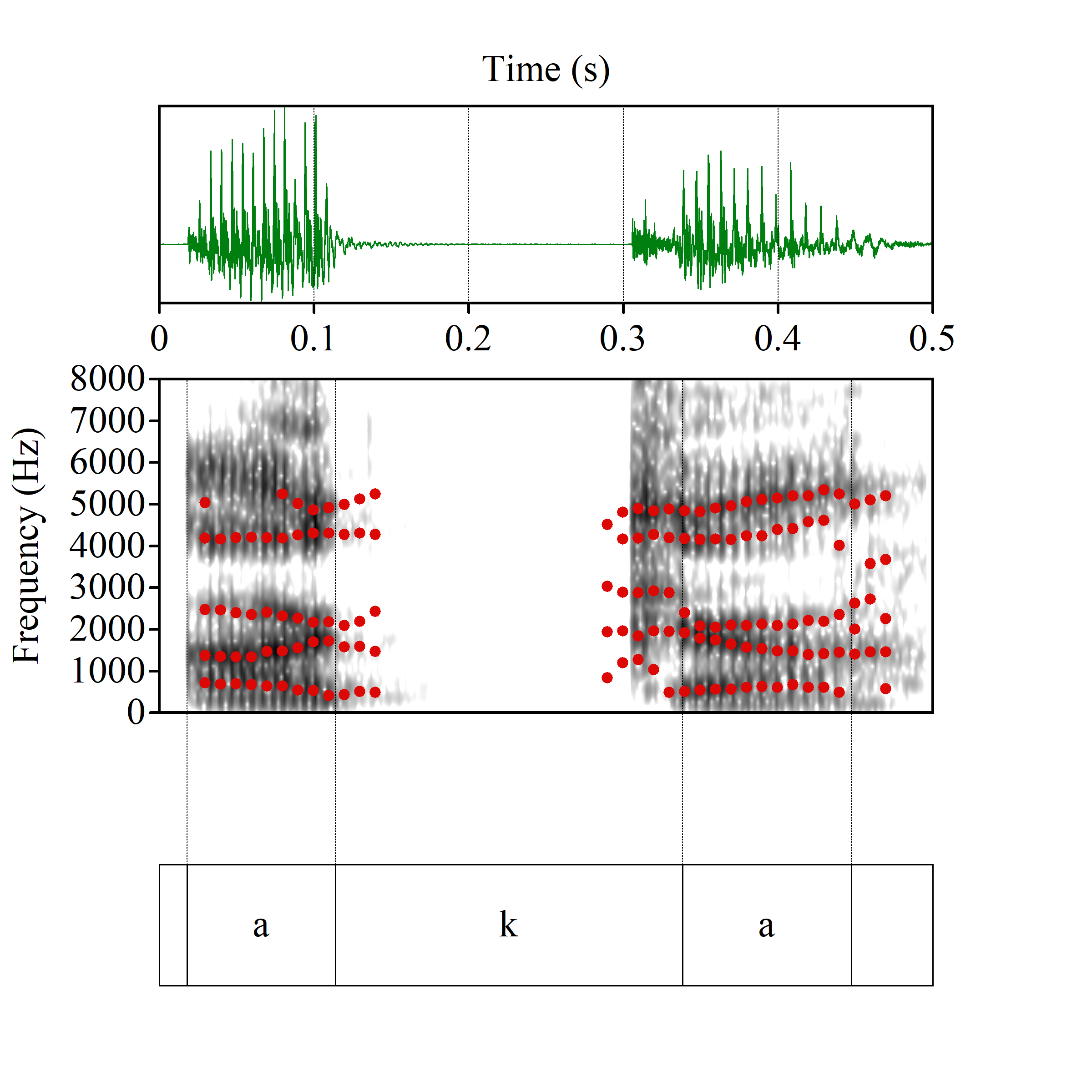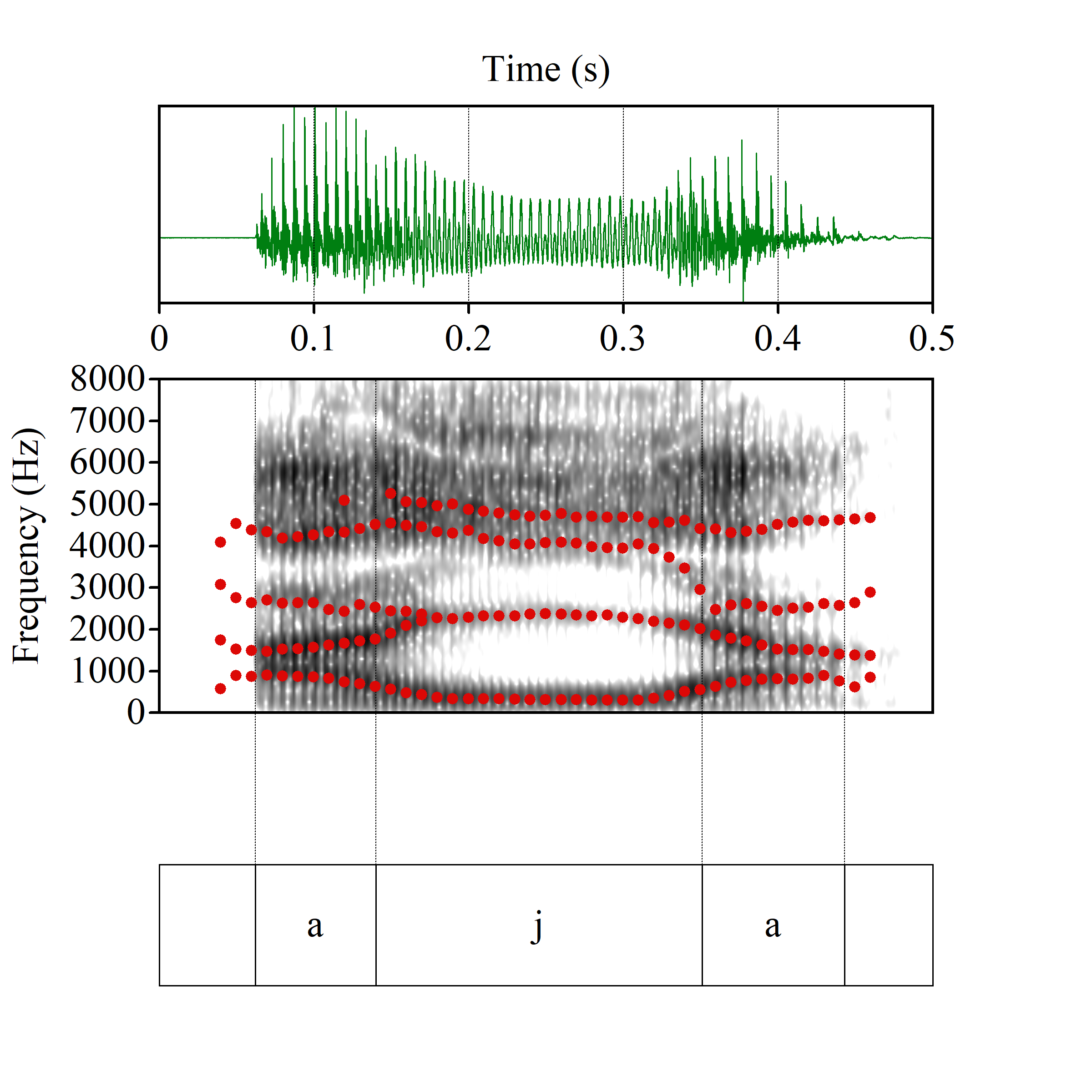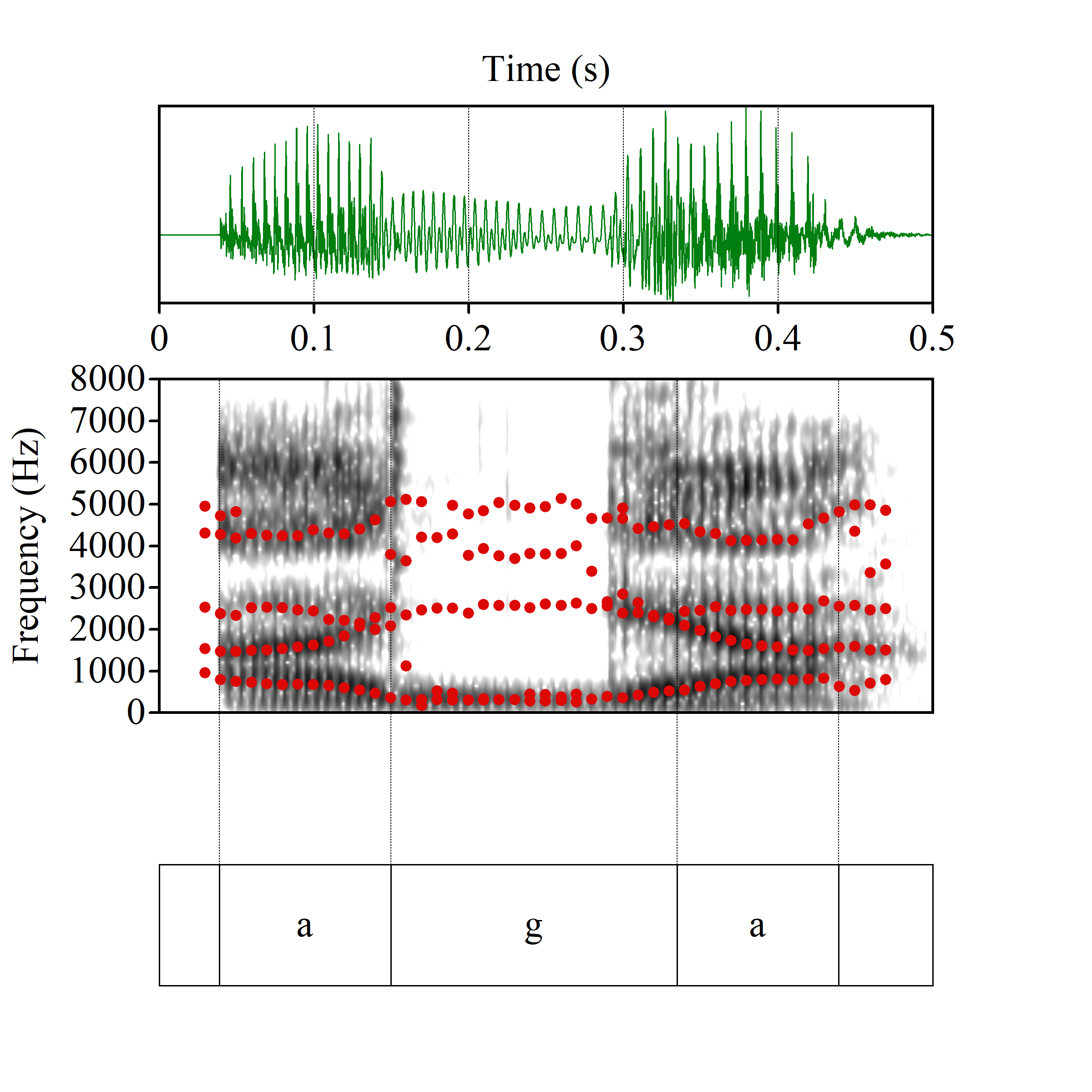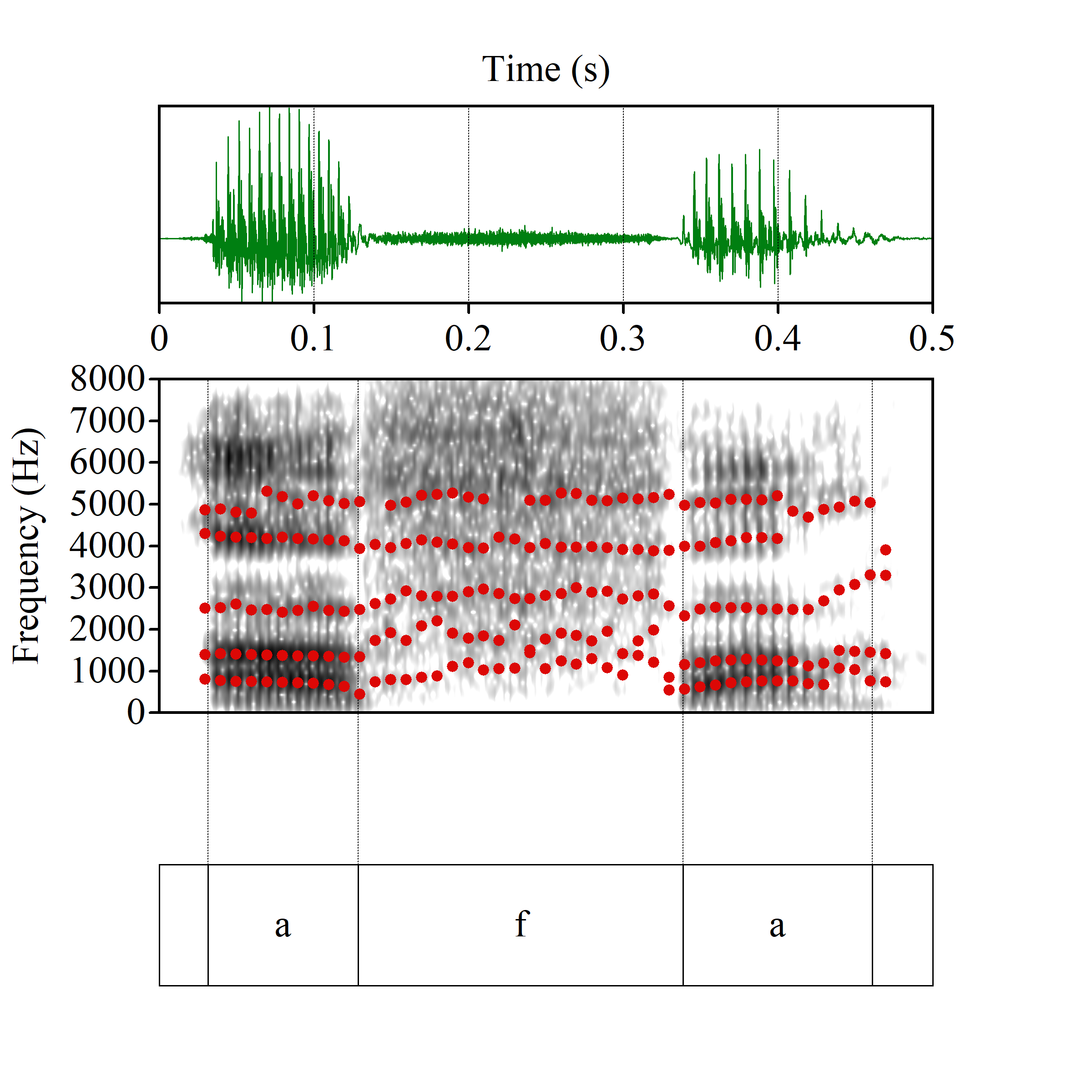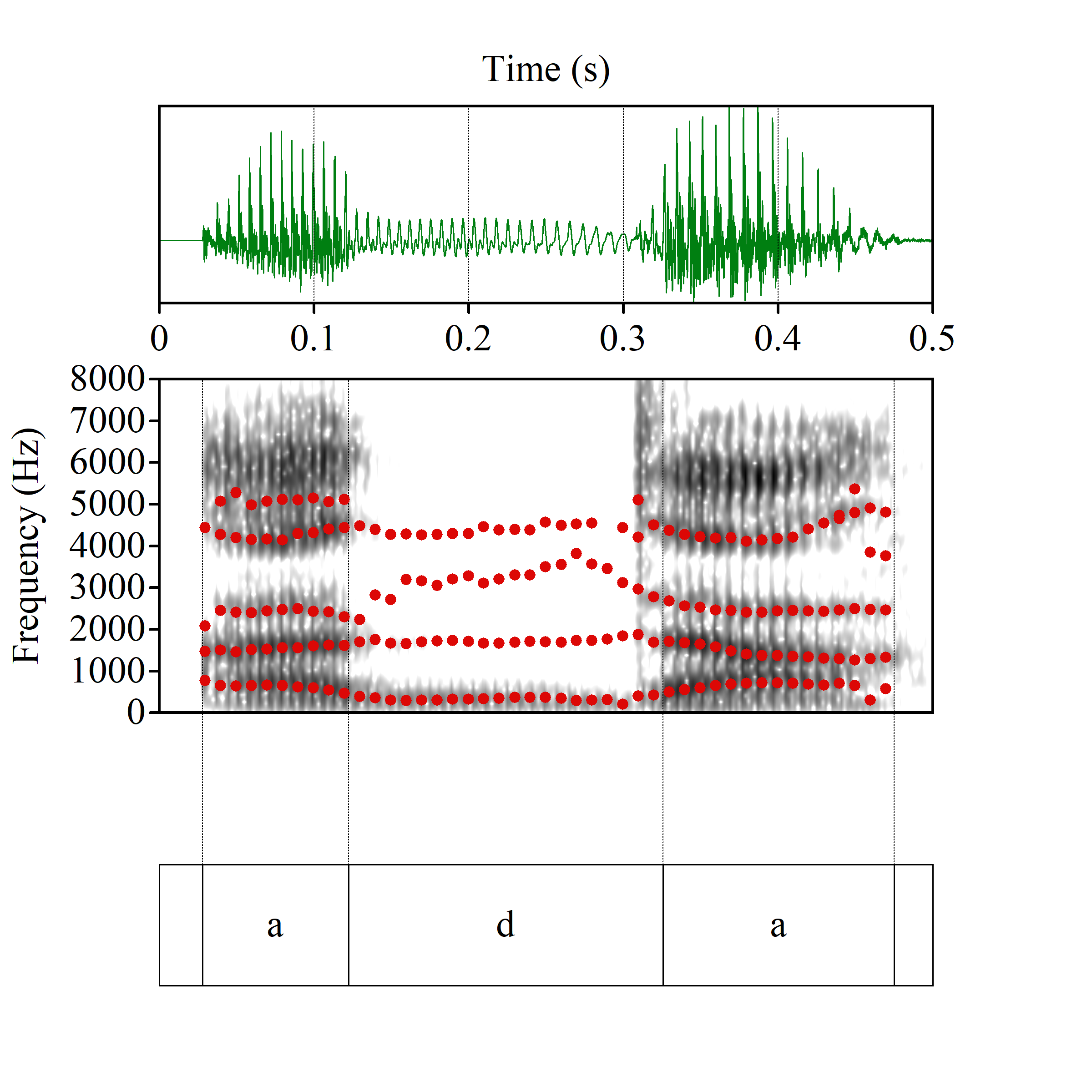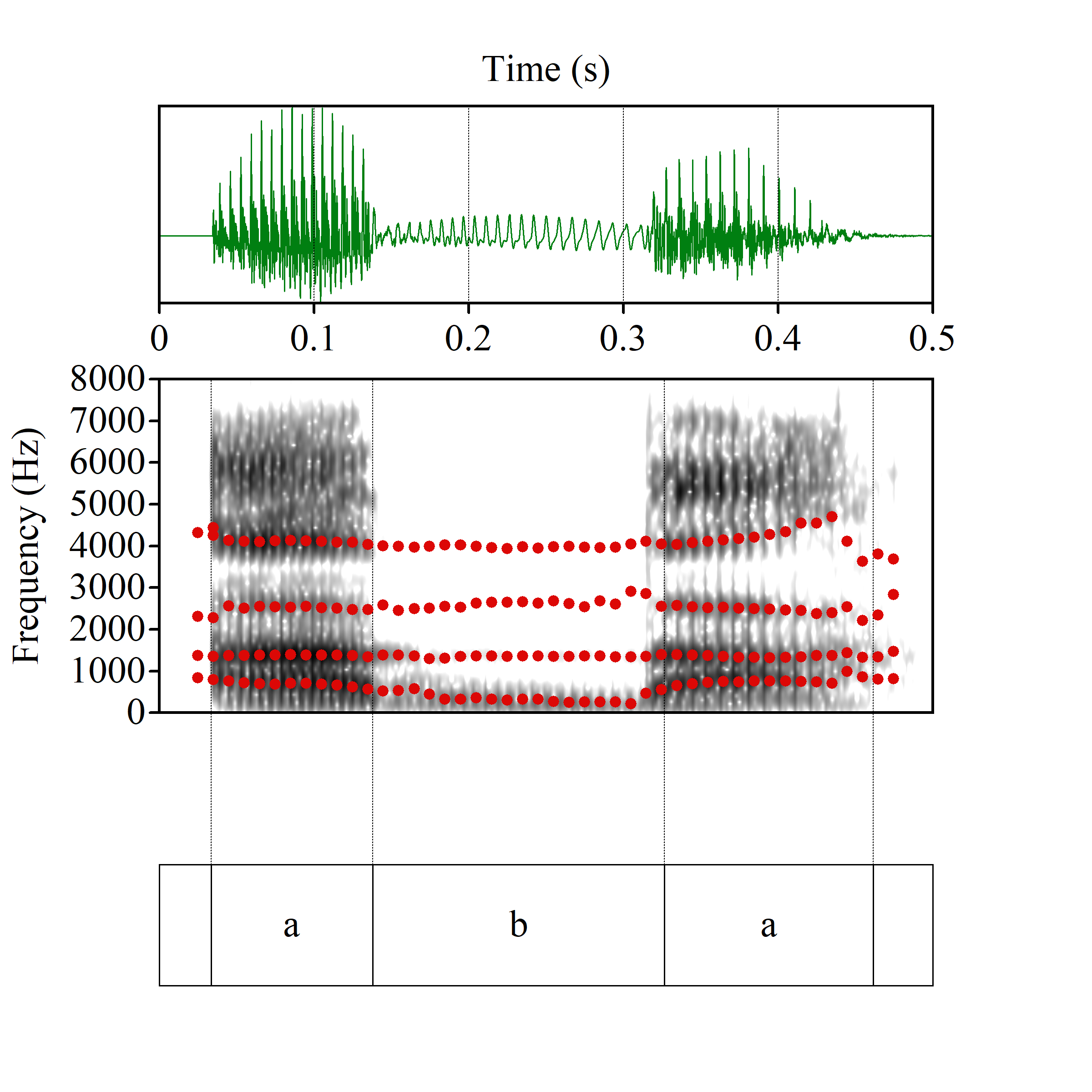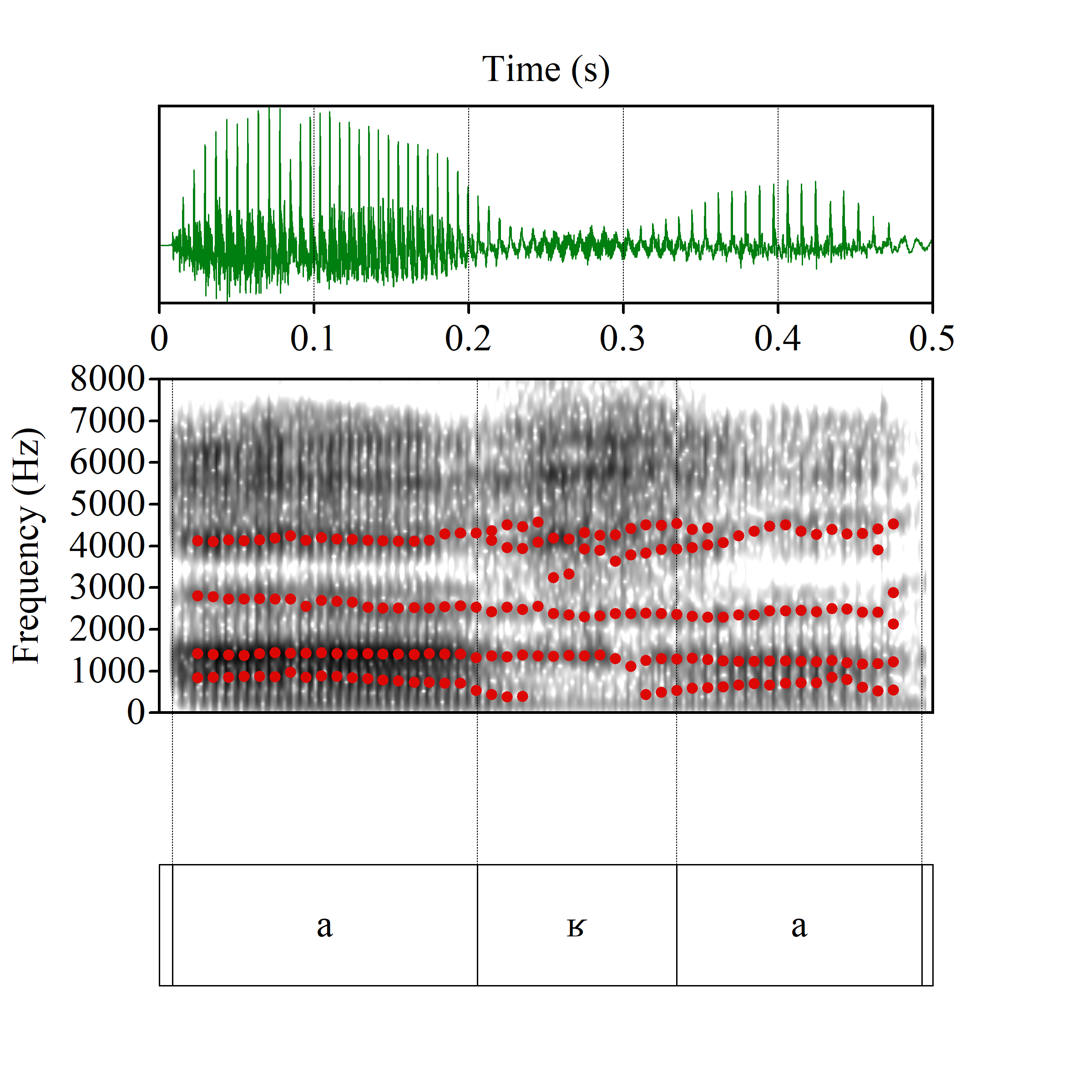Ressources
Table des matières
- License
- Elegant figures with Praat
- Laryngeal states
- Phonetic instrumentation
- Phonetic diversity
- Acoustic phonetics
- Spectrograms of french sounds
License
My illustrations and scripts are free to use under the open licence CC BY-SA 4.0 (© Alexis Dehais-Underdown 2024)
You are free to:
Share — copy and redistribute the material in any medium or format for any purpose, even commercially.
Adapt — remix, transform, and build upon the material for any purpose, even commercially.
Under the following terms:
Attribution — You must give appropriate credit , provide a link to the license, and indicate if changes were made . You may do so in any reasonable manner, but not in any way that suggests the licensor endorses you or your use.
ShareAlike — If you remix, transform, or build upon the material, you must distribute your contributions under the same license as the original.
Elegant figures with Praat
Auteur : Alexis DEHAIS-UNDERDOWN
Date : 25/11/2024
Laboratoire : Laboratoire de Phonétique et Phonologie
Description : This semi-automatic script generates figures of the acoustic signal, the spectrogram and other parameters parameters such as TextGrid, F0 or formants. It creates an output directory with the figures in PNG and EPS format. The scripts loops across files in a single directory. Please insure your wav + textgrid files are in the same directory with the same names. For each desired parameter, a window will pop up and ask you to fill information to draw the figures (e.g. what to draw, scales). Textgrids should not have more than 3 tiers.
This script is under the open licence CC BY-SA 4.0 (© Alexis Dehais-Underdown 2024). Download the following file and make sure to replace .txt by .praat.
Download the .txt file
Or copy-paste from the following link :
Laryngeal states
Schematic illustration of the laryngeal valves as defined by Edmonson & Esling (2006) [ARTICLE]
Phonetic instrumentation
The following illustrations were initially designed for my PhD [DISSERTATION]. They were slightly modified, feel free to use them
Phonetic diversity
The following figures were made by myself based on the Phoible database (Moran, Steven & McCloy, Daniel (eds.) 2019. PHOIBLE 2.0. CC-BY-SA). Dialects of a same language were excluded from the data. Barplots display raw values but maps show log values.
Notes about the figures:
- Most common sounds : they include all phonemes (e.g. long vowels, dental stops, alveolar stops)
- Number of phonemes : NA.
- Correlation and consonant/vowel ratio : weak correlation (r = 0.16; ρ = 0.2).
- Nasal vowels : only phonological nasal vowels are displayed.
- Phonation types : only phonemic and non-modal phonation types are displayed (modal phonation is not included). Lax phonation was merged with breathy phonation and tense phonation with creaky phonation. Pharyngealized phonation i is associated with phonatory settings and does not function as a secondary articulation (see Keating et al., 20231).
- Labiovelar consonants : The figure displays only obstruents like [kp] (i.e. [w] excluded) and all phonemic variation of the labiovelar obstruents (e.g. [gb], [kpʷ] etc.)
- Keating, P., Kuang, J., Garellek, M., Esposito, C. M., & Khan, S. U. D. (2023). A cross-language acoustic space for vocalic phonation distinctions: Supplementary material. Language, 99(2). https://doi.org/10.1353/lan.2023.a900607 ↩︎
Acoustic phonetics
The following illustrations were used in my course of advanced phonetics.
Spectrograms of french sounds
The following spectrograms illustrate the acoustics of french parisian vowels and consonants in a_a context in non-word. The speaker is me (white non-binary person in their 30’s), the non-words are hyperarticulated. The figures were drawn on Praat using the elegant figure’s script at the beginning.
Vowels
Consonants
